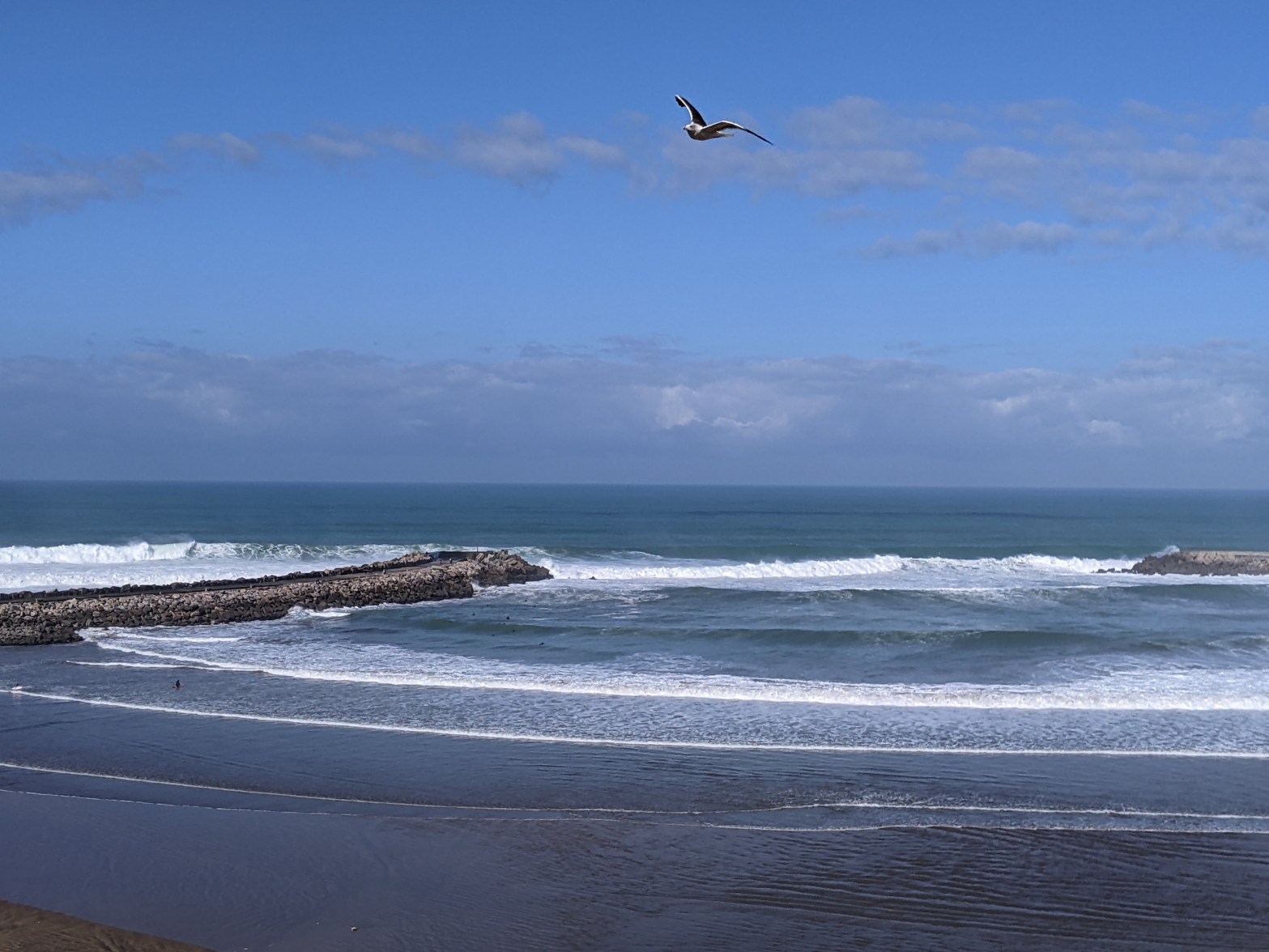Rabat, the capital city of Morocco located on the shores of the Atlantic ocean, is a delightful place! I went there to attend the seventeenth session of the Intergovernmental Committee of UNESCO’s 2003 Convention for the Safeguarding of the Intangible Cultural Heritage (hosted by the Kingdom of Morocco in Rabat). It was my first experience of this kind.
My visit incidentally coincided with Morocco’s wins in the World Cup over Belgium and Canada, and we got to watch the world cup fervour on the streets and around, the celebrations and the shout outs!

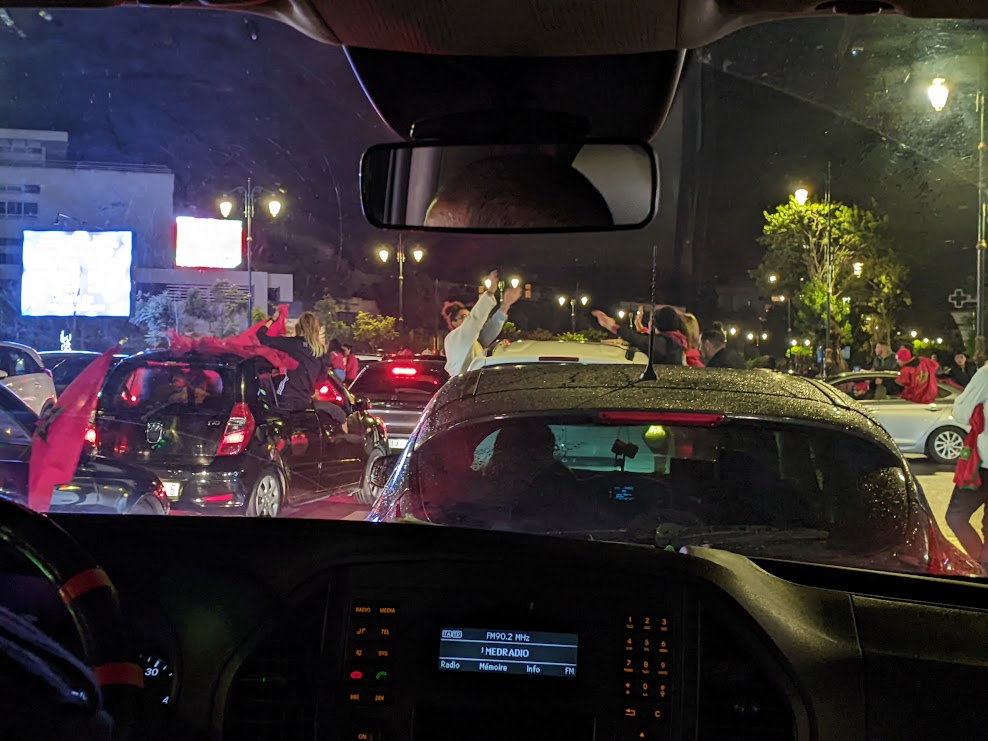

Seven days of dialogue, symposiums, conferences, presentations on ICH and development, ICH and climate change, ICH and sustainability, and advocacy on the role of ICH in SDGs were educative and thought provoking. Watching the nominations to the UNESCO’s Representative List of the Intangible Cultural Heritage of Humanity, and the Register of Good Safeguarding Practices go through was amazing, as the applicant countries cheered their successes with flags, presentations and acclamations! 129 States Parties, 111 non-governmental organizations, cultural institutions and other stakeholders from across the globe were in one room as a global community sharing about cultural histories, heritage, challenges, partnerships, collaborations, and appreciation for each other’s work.
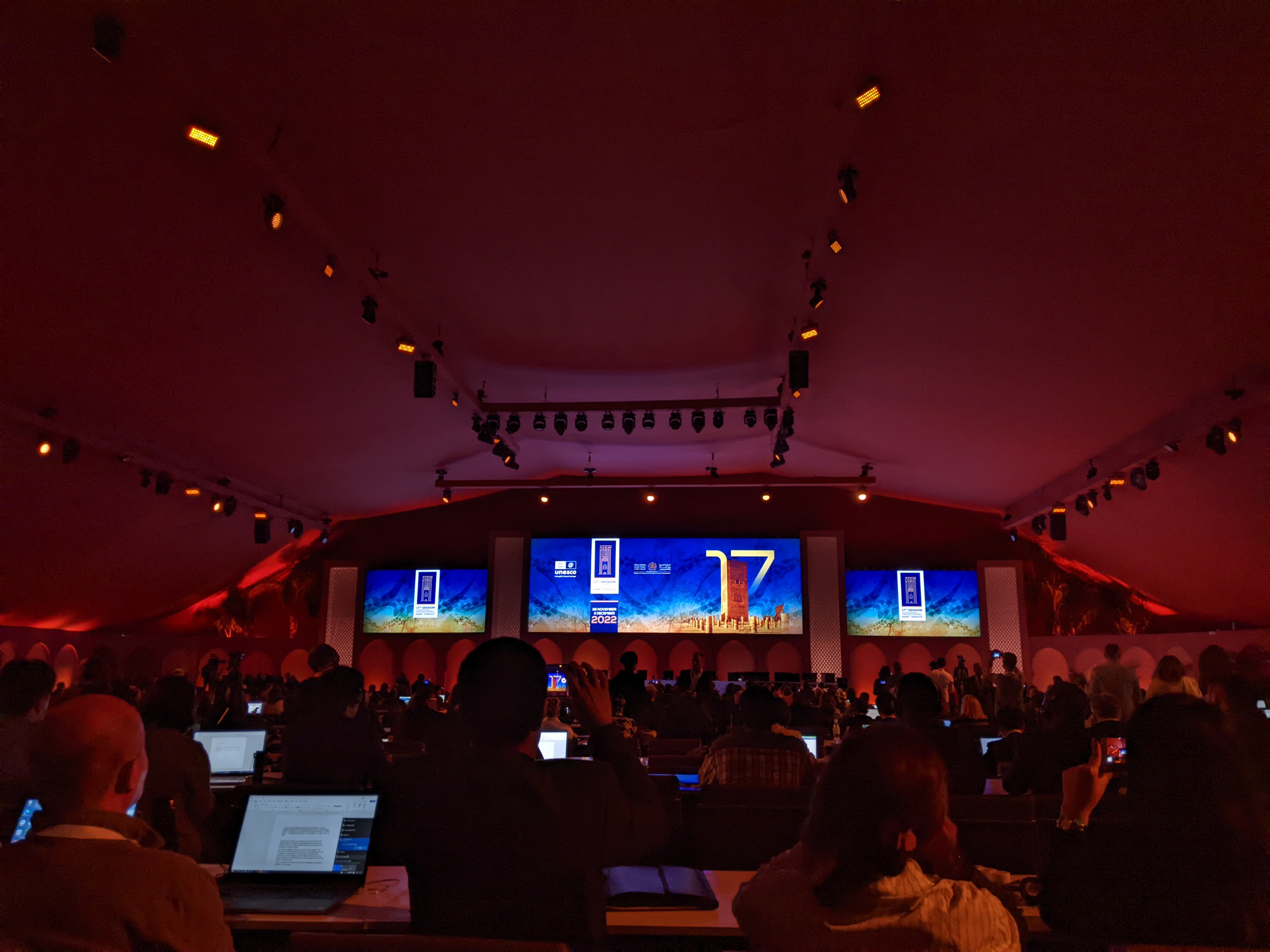


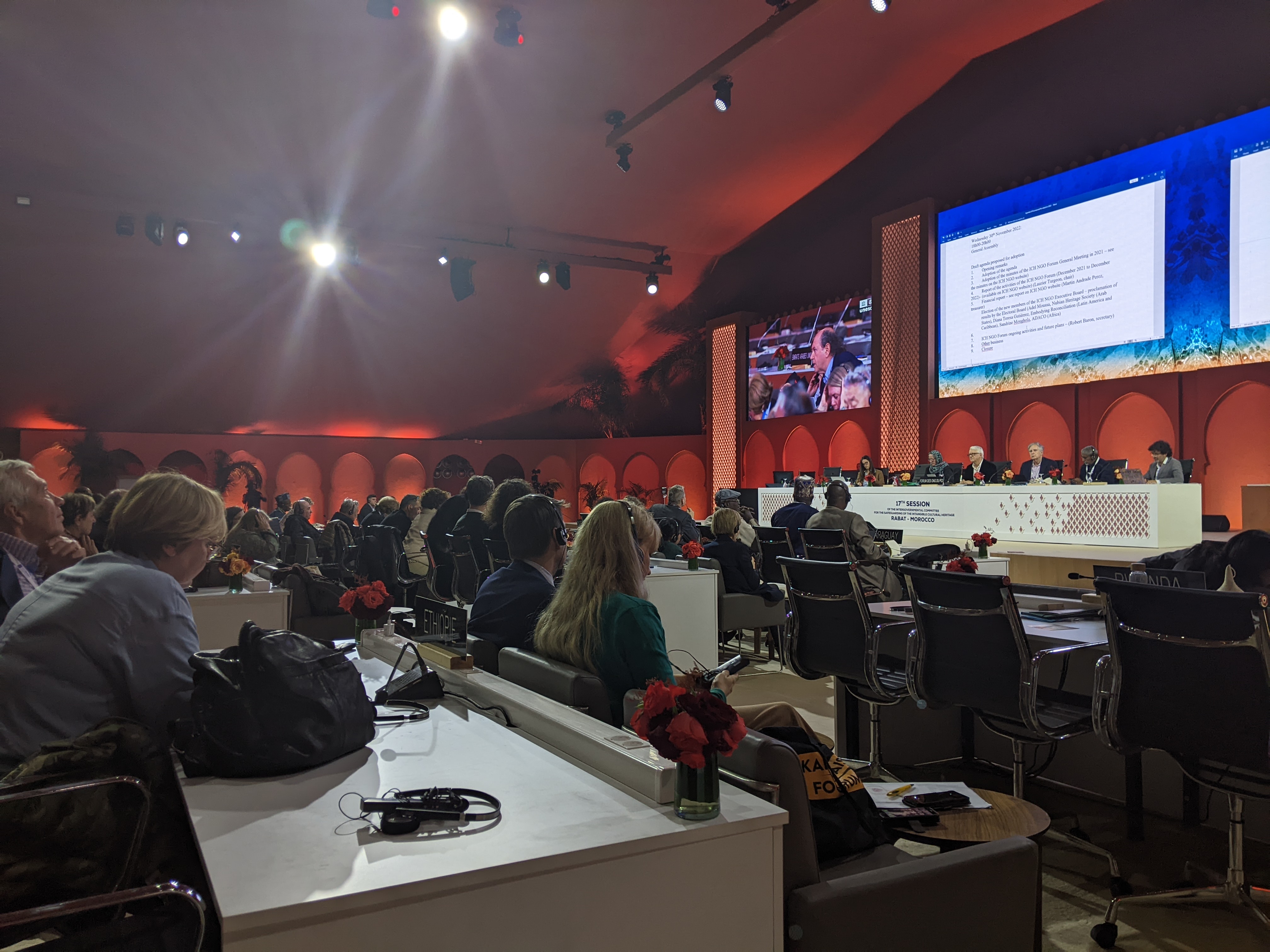








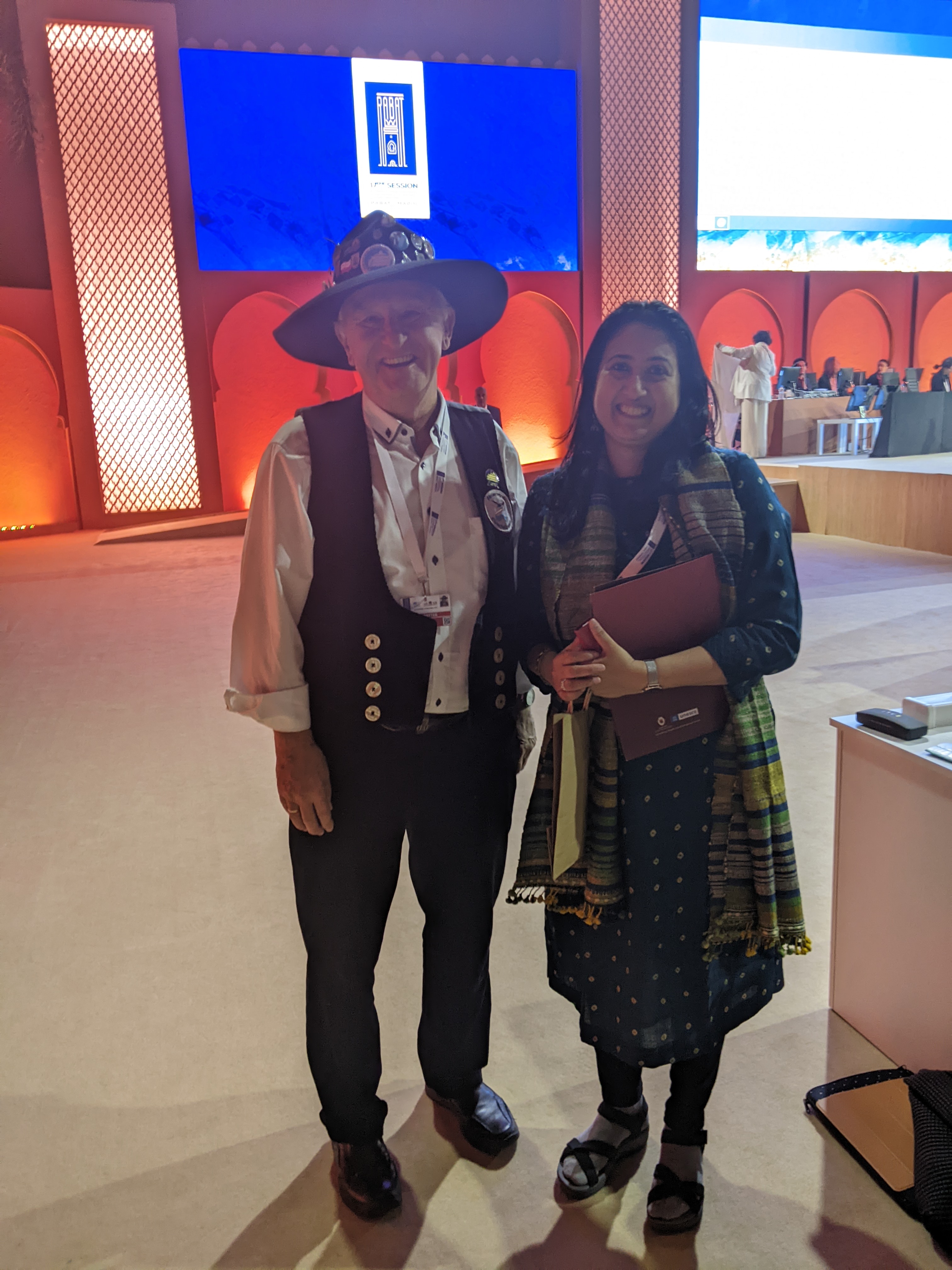



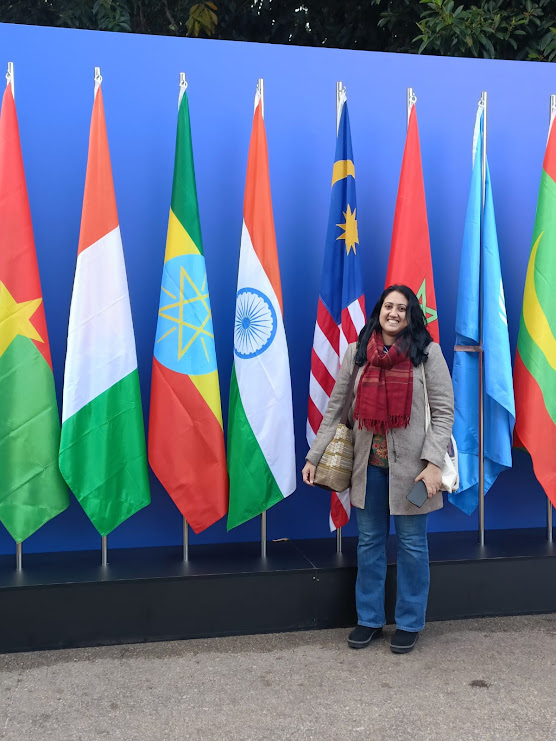
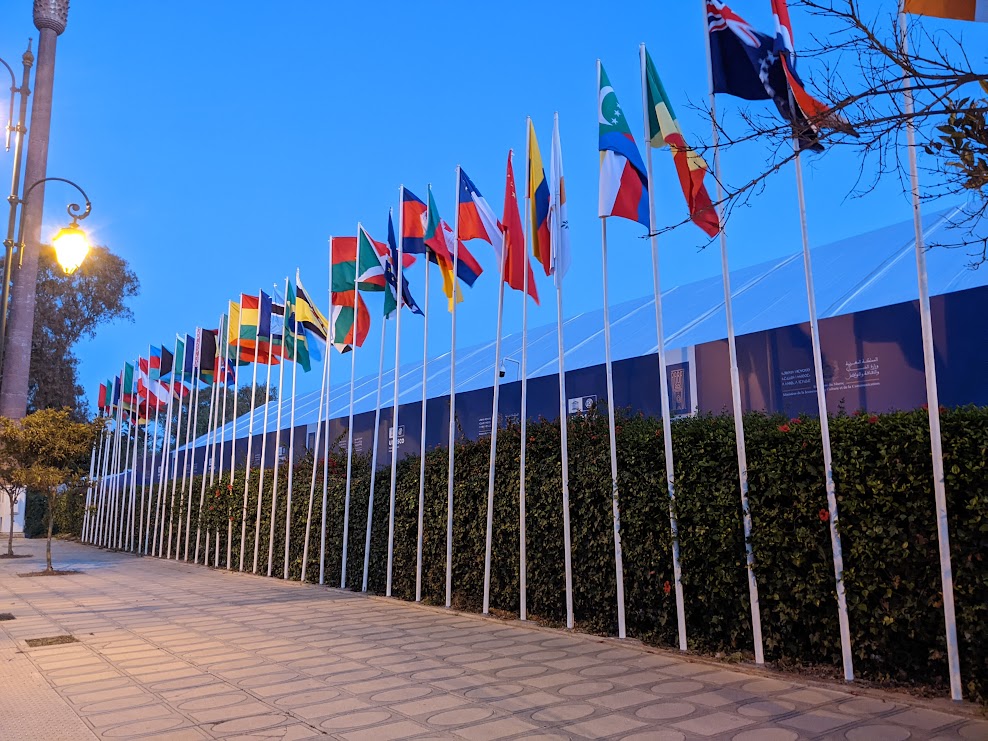
The Moroccan welcoming of the international delegates on the first day of the event was absolutely grand with a glamorously curated evening reception! A large tent was decorated with low seating, typical Moroccan potteries, modern fire hearths to keep the guests warm, and colourful lights creating a mesmerizing atmosphere. There was traditional music, dance, food, and a demonstration of their horse riding heritage, all with an aura of royalty and extravagance.

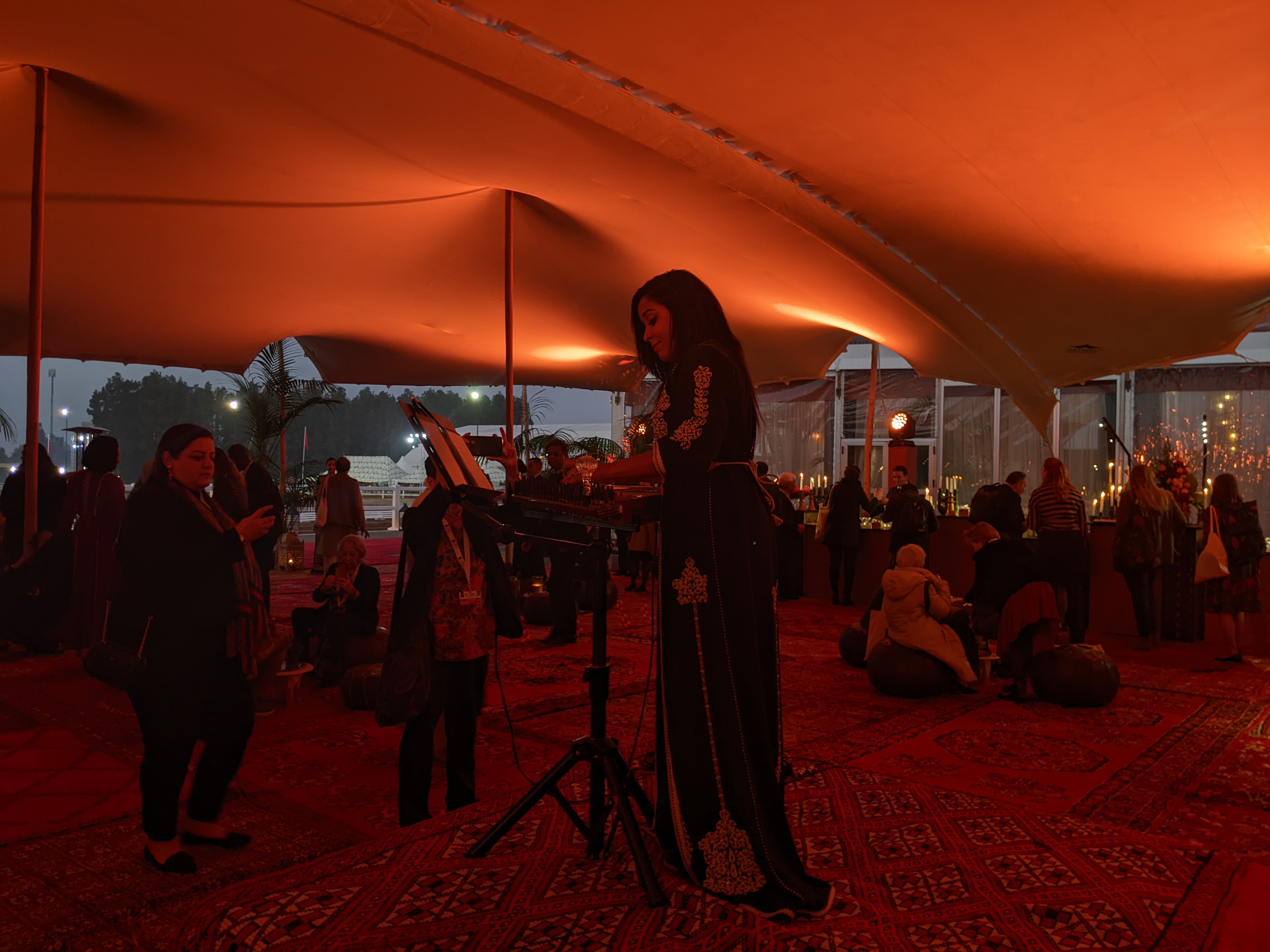


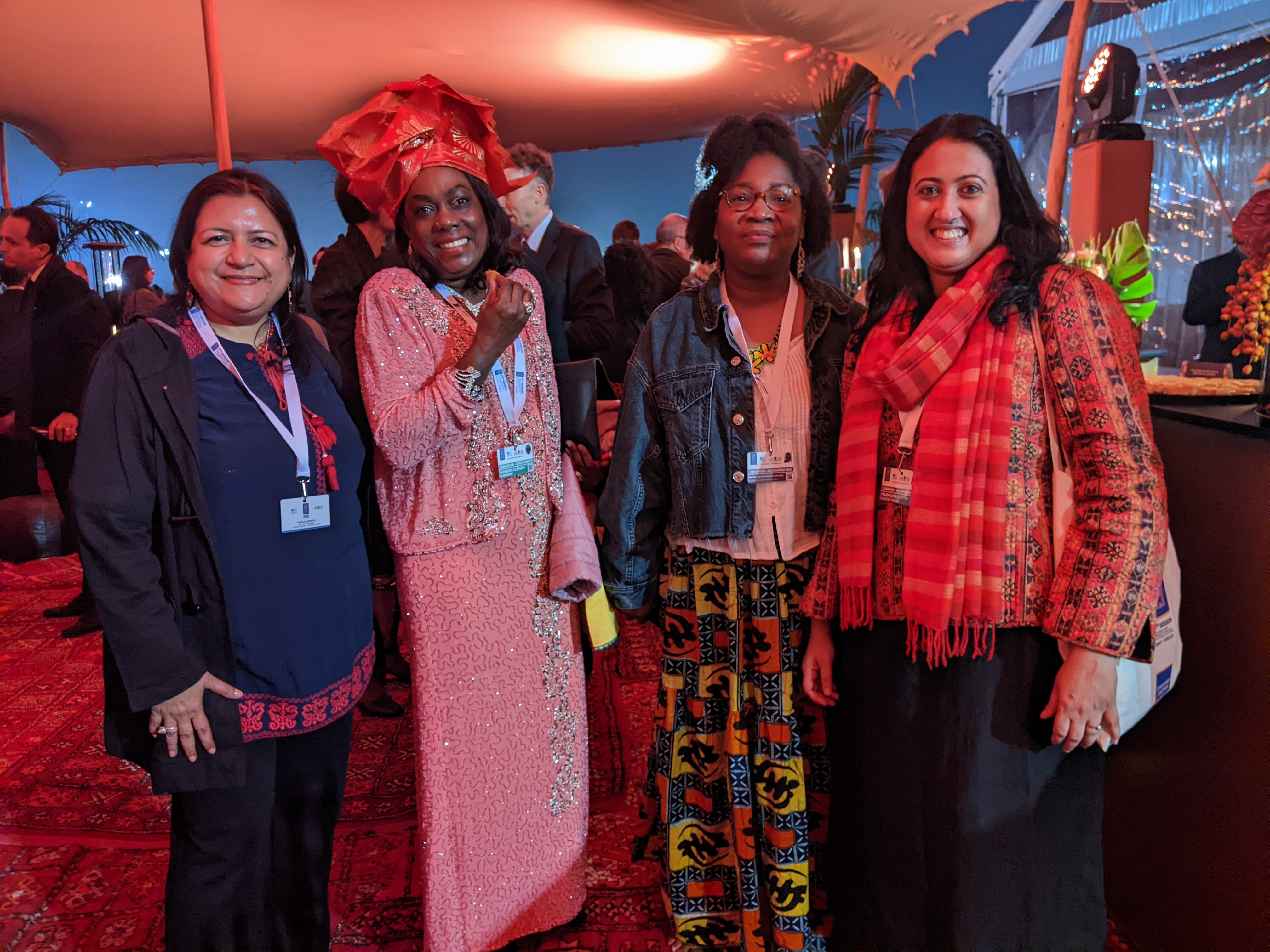

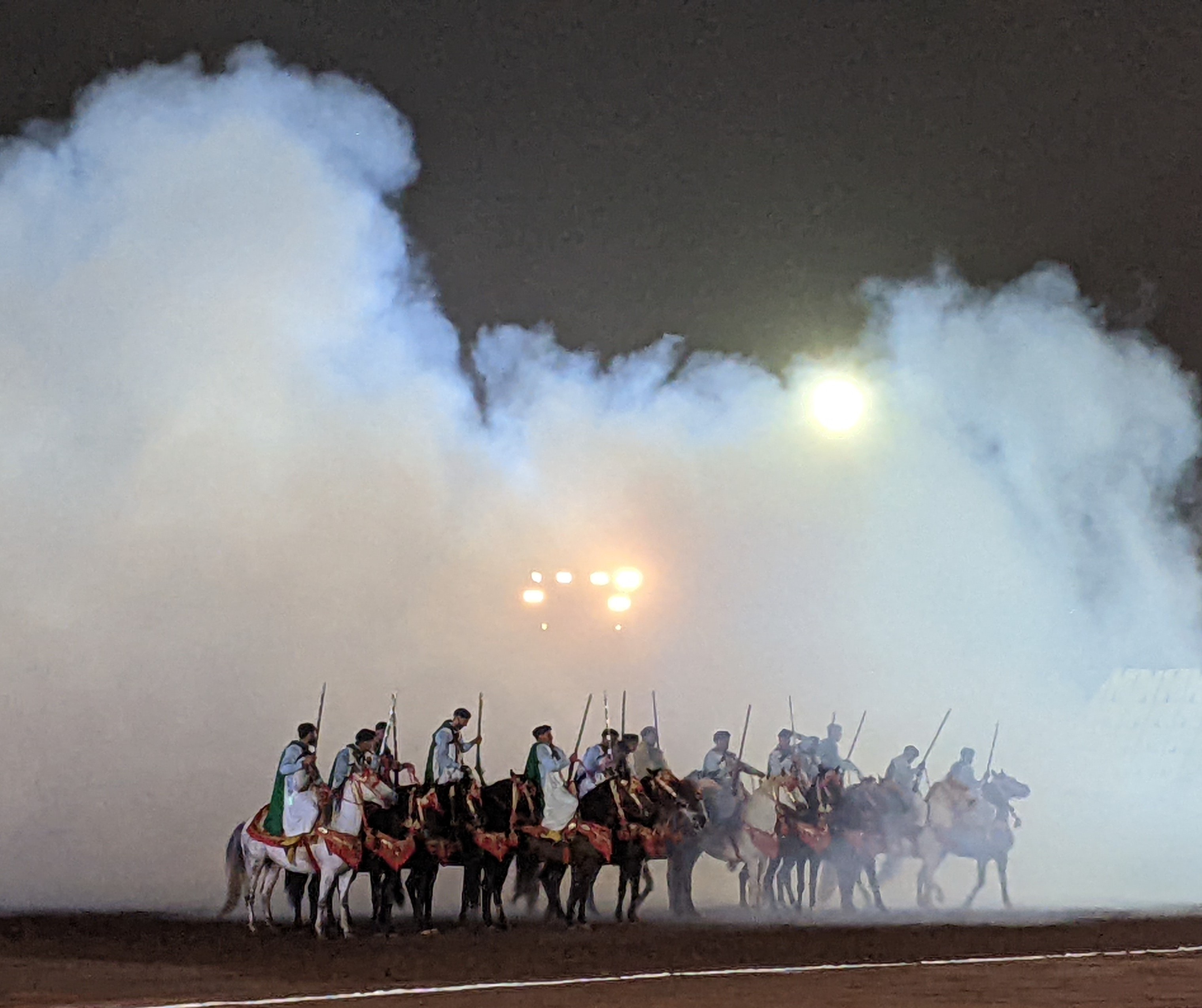

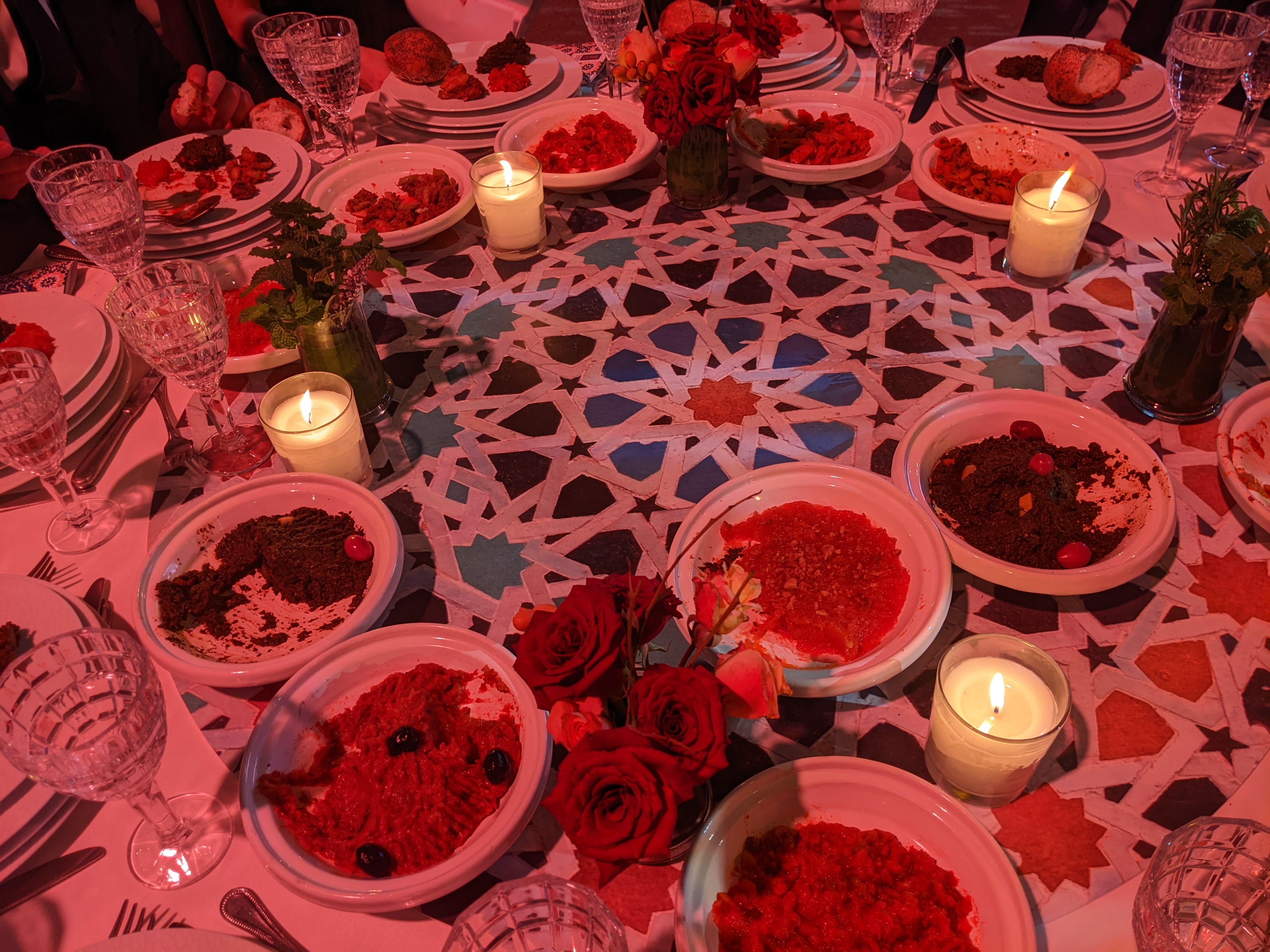

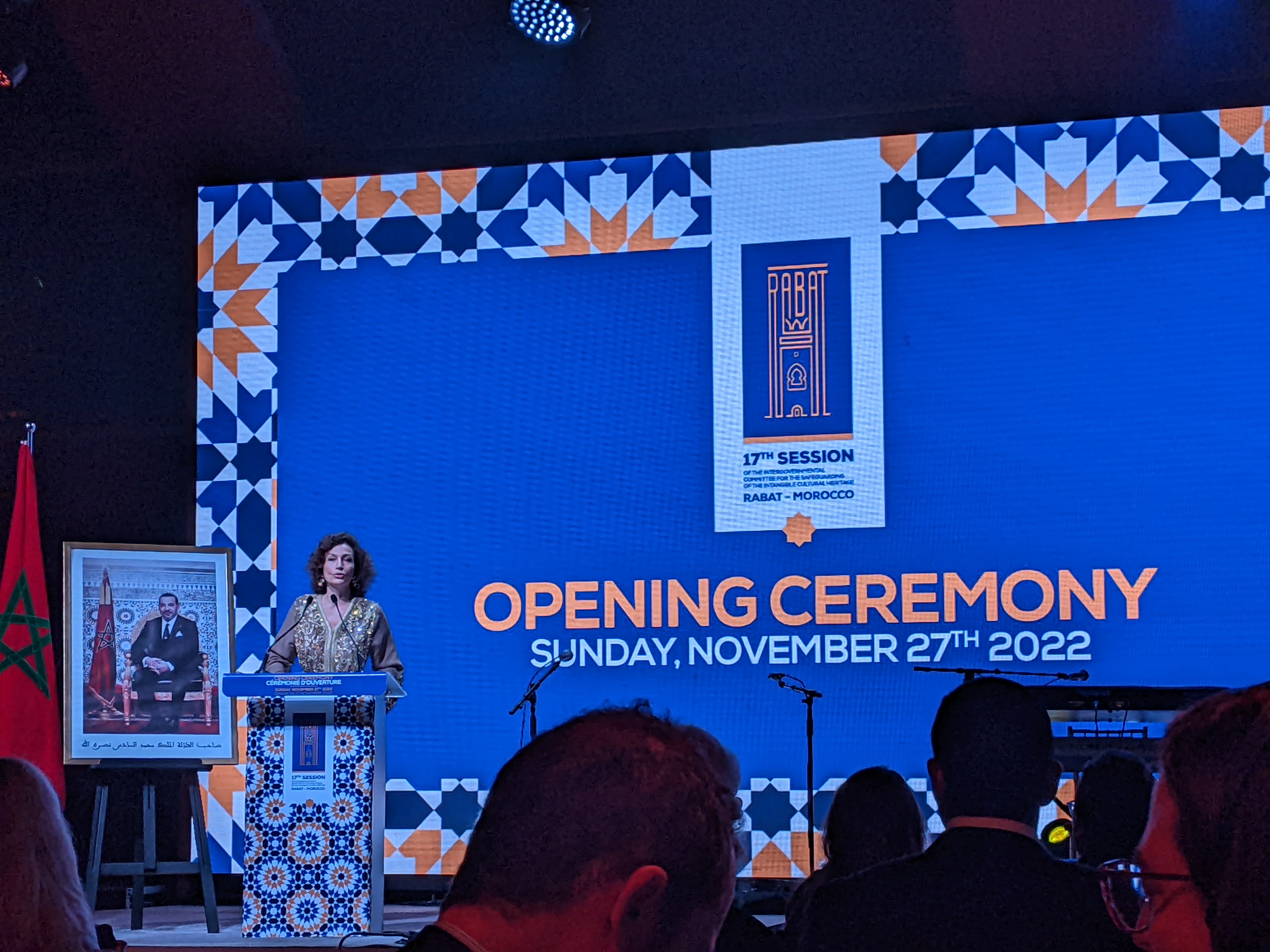

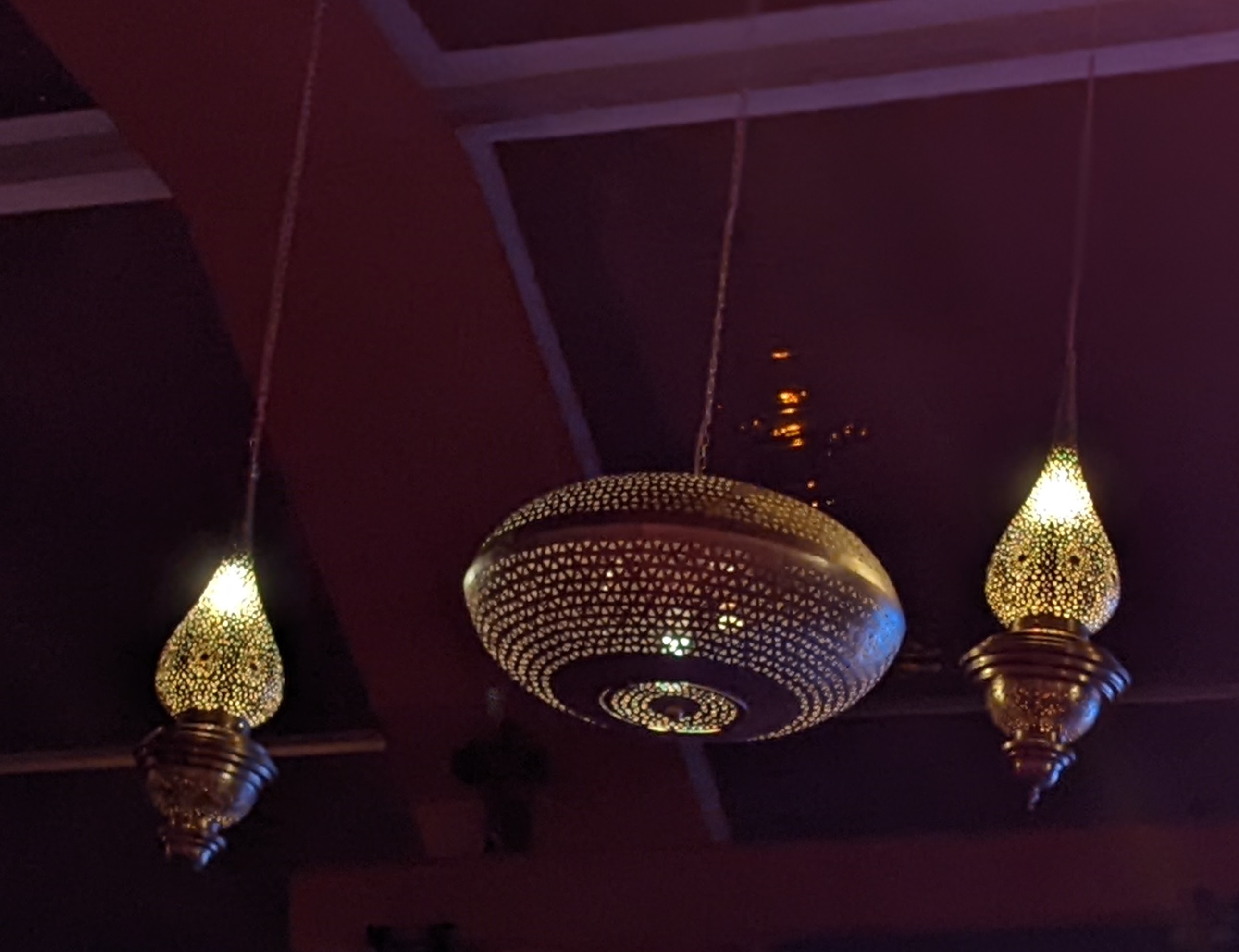










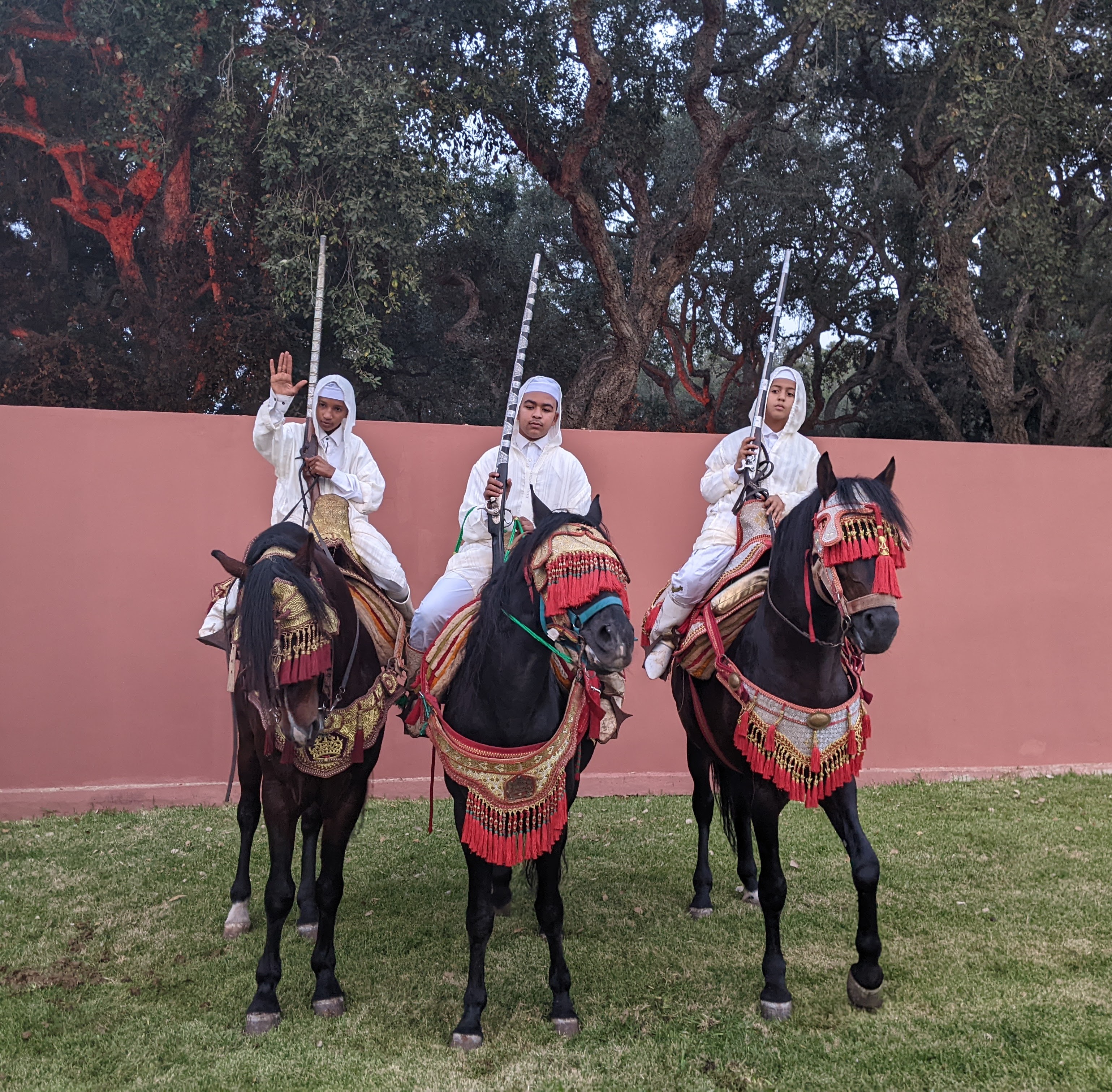


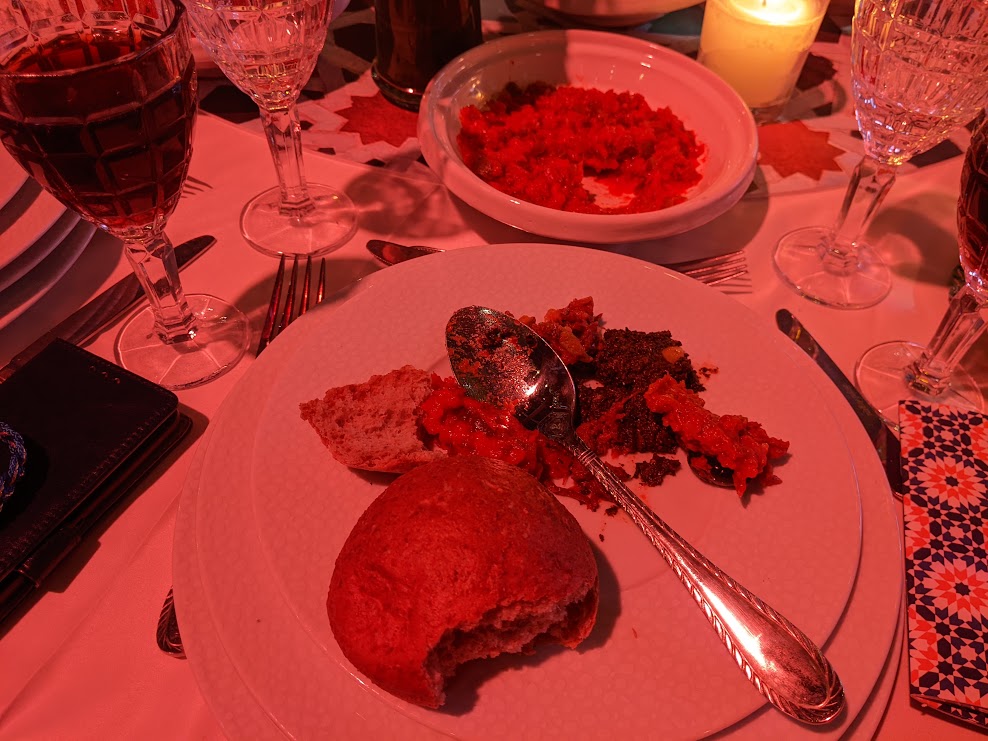

Rabat itself and its people were no less charming! A beautiful city by the blue waters, its architecture mostly in white, brown and blues, mesmerized us! We got to taste their special cuisine – couscous and Tagines, the latter deriving its name from the typical earthen utensil
in which it is made. Their meat and fish preparations were mouth-watering. Local roadside food consisted of delicious meat buns, excellent locally baked breads, different kinds of fried items, sweets and confectionaries, local cheese, and more. Beverages included Moroccan mint tea and local coffee. At the opportunities of small breaks in between work, we got to see some parts of the city and its offerings.

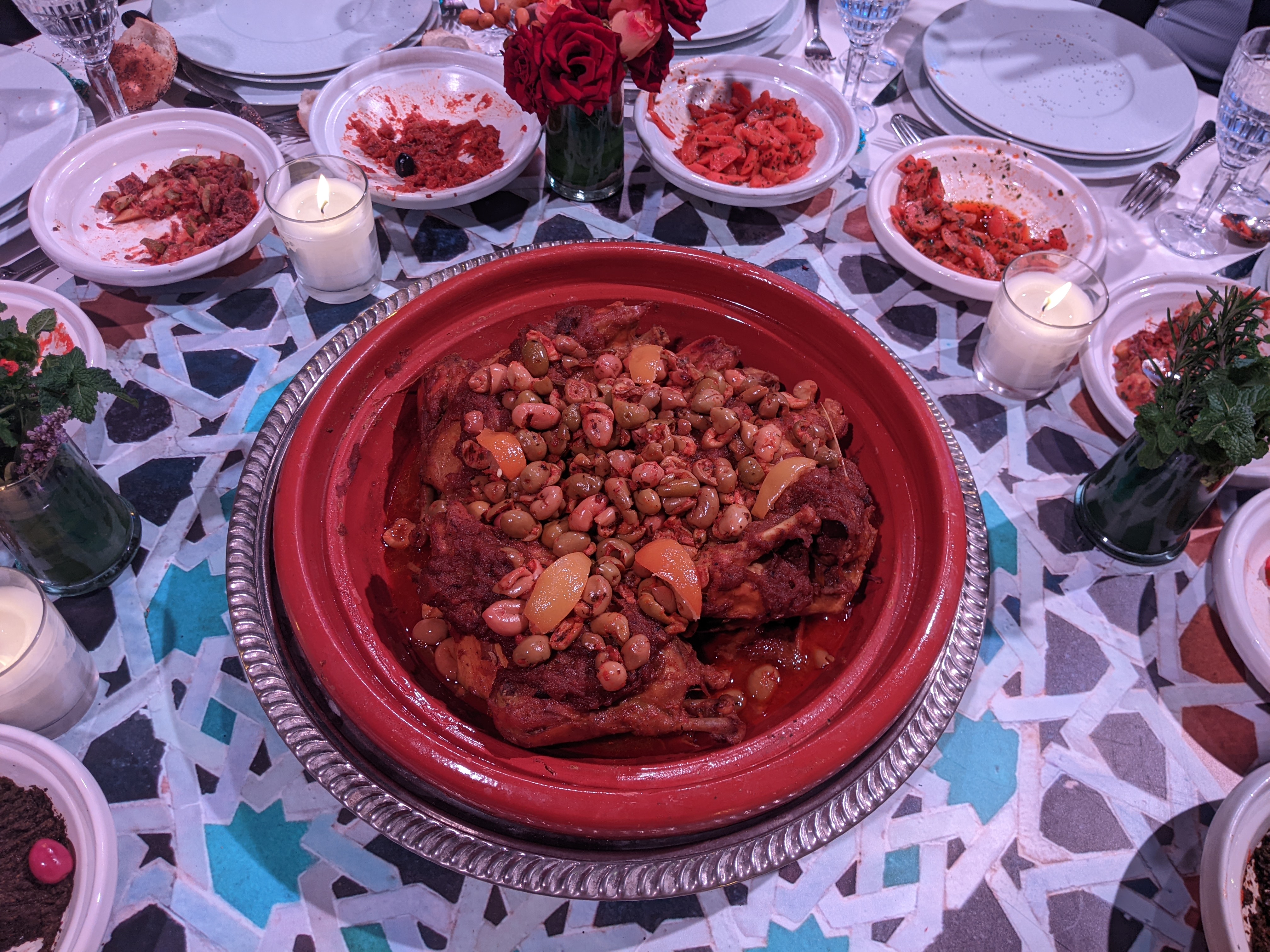



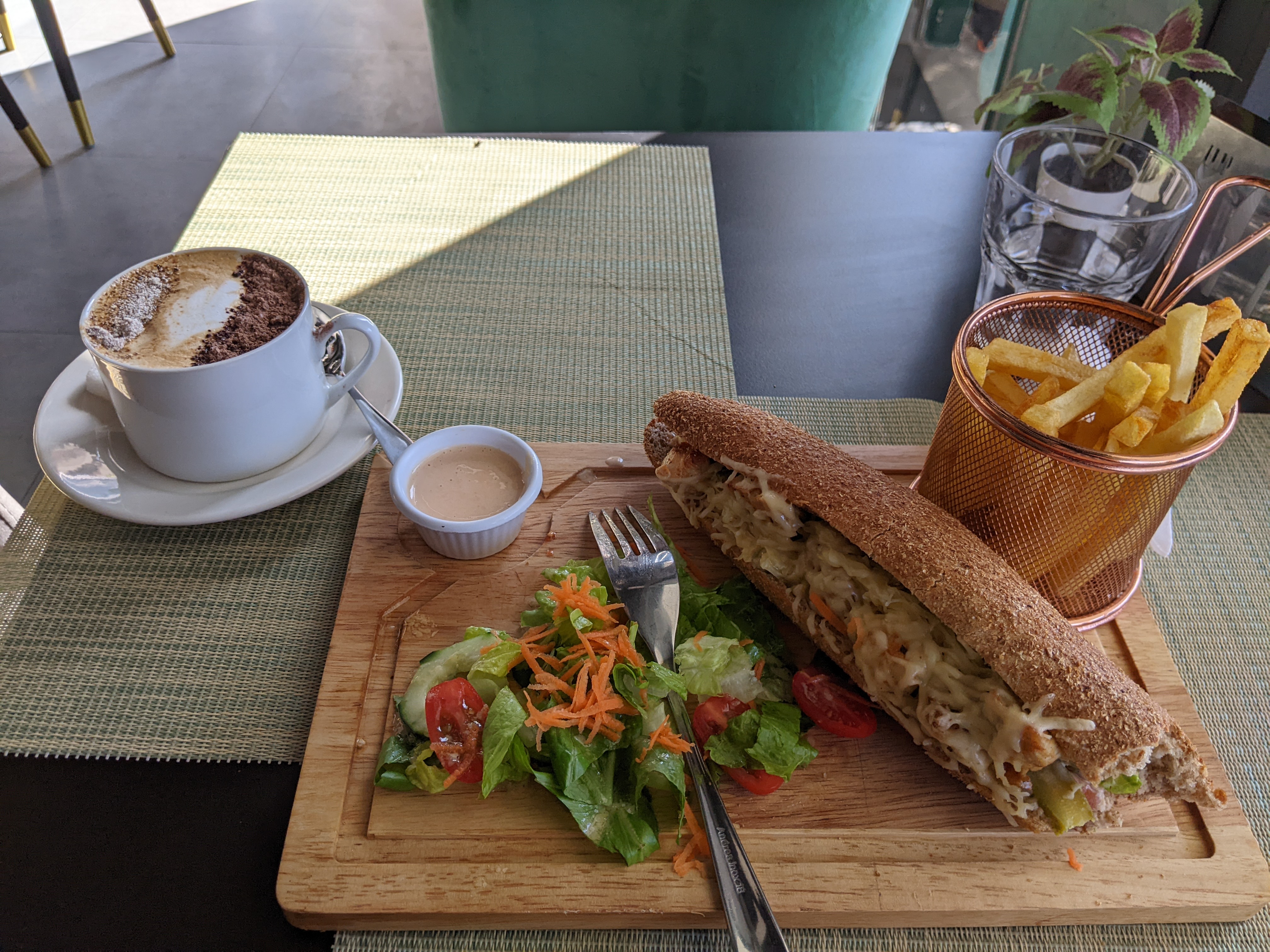
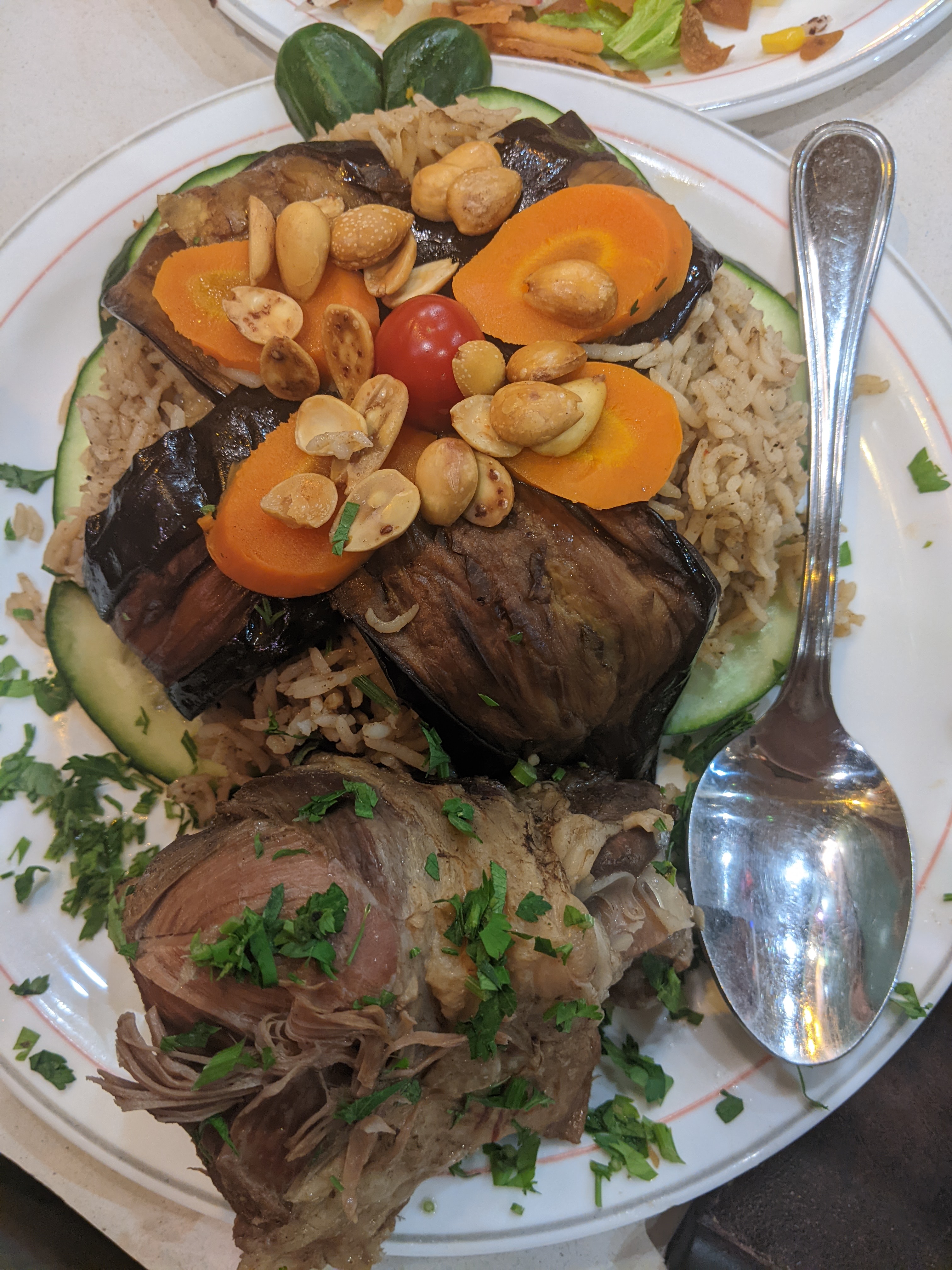

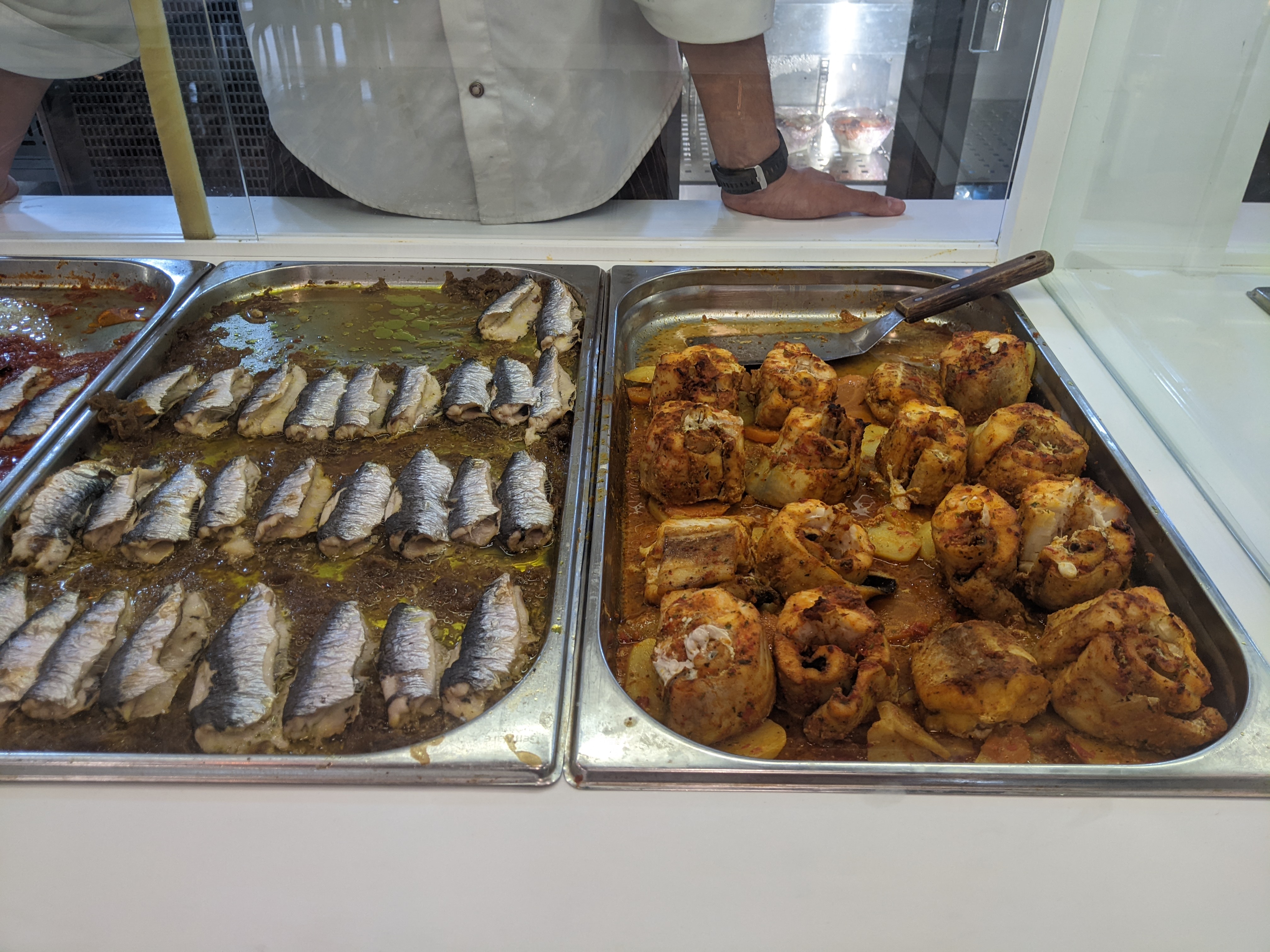

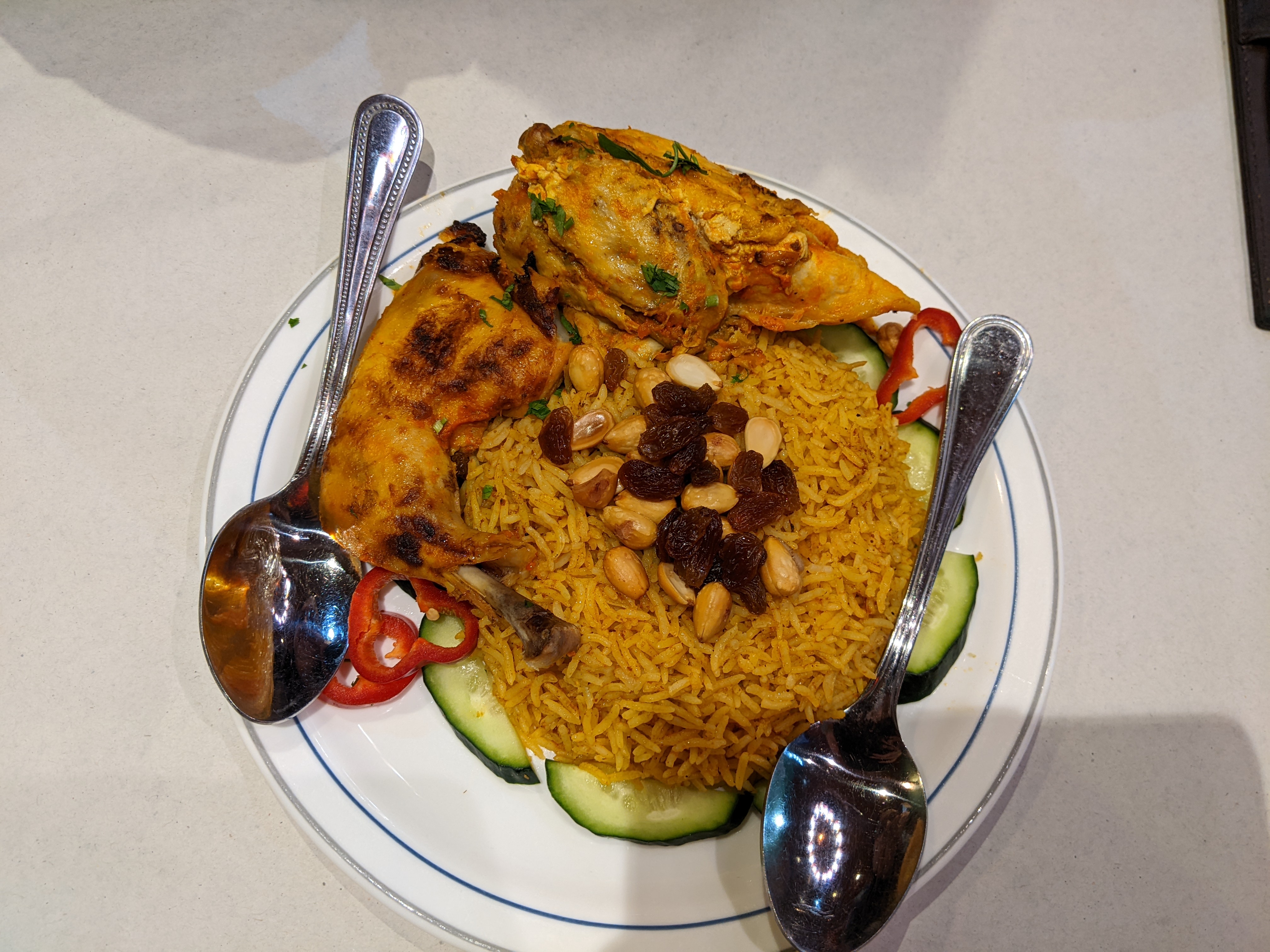

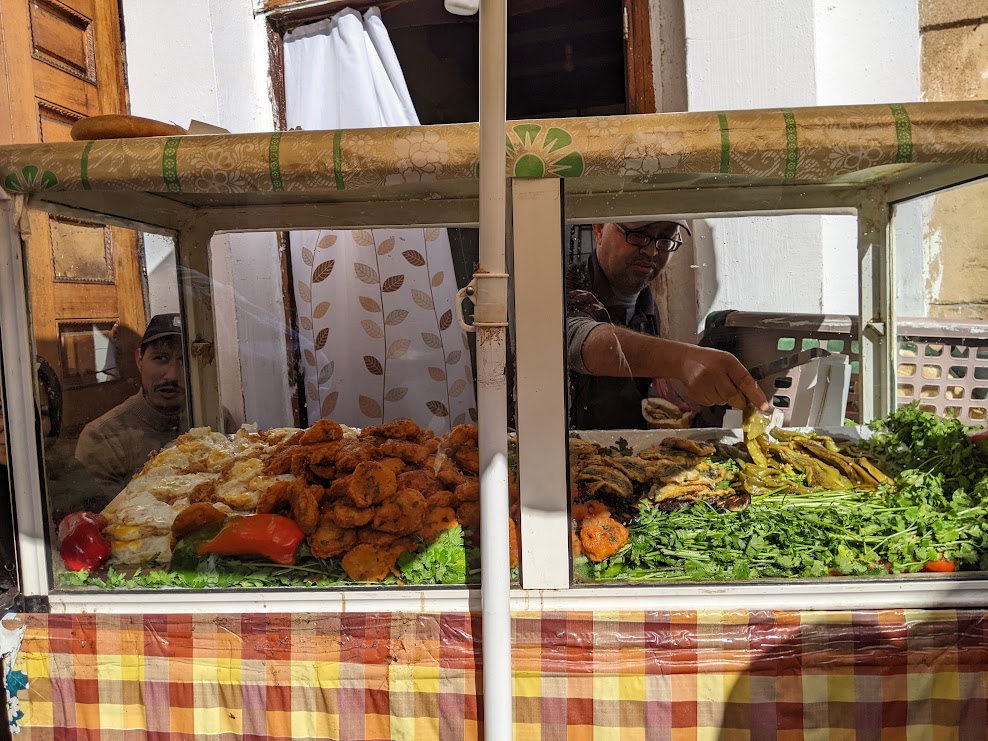
The Oudaya Kasbah, also referred to as Kasbah of the Udayas, was a stunning living citadel, which was incorporated in the World Heritage Tentative List of UNESCO in 2006. This Kasbah was originally built in the 12th century and although it has been destroyed several times, it was always rebuilt again. Its narrow streets are lined with residential houses of distinct blue and white walls and exquisitely ornate wooden doors and windows. The lanes are also full of quaint shops, galleries, cafes, and look immensely pretty. Standing on the mouth of the Bou Regreg River and the Atlantic, it dazzles against the blue waters, and the clear blue sky!




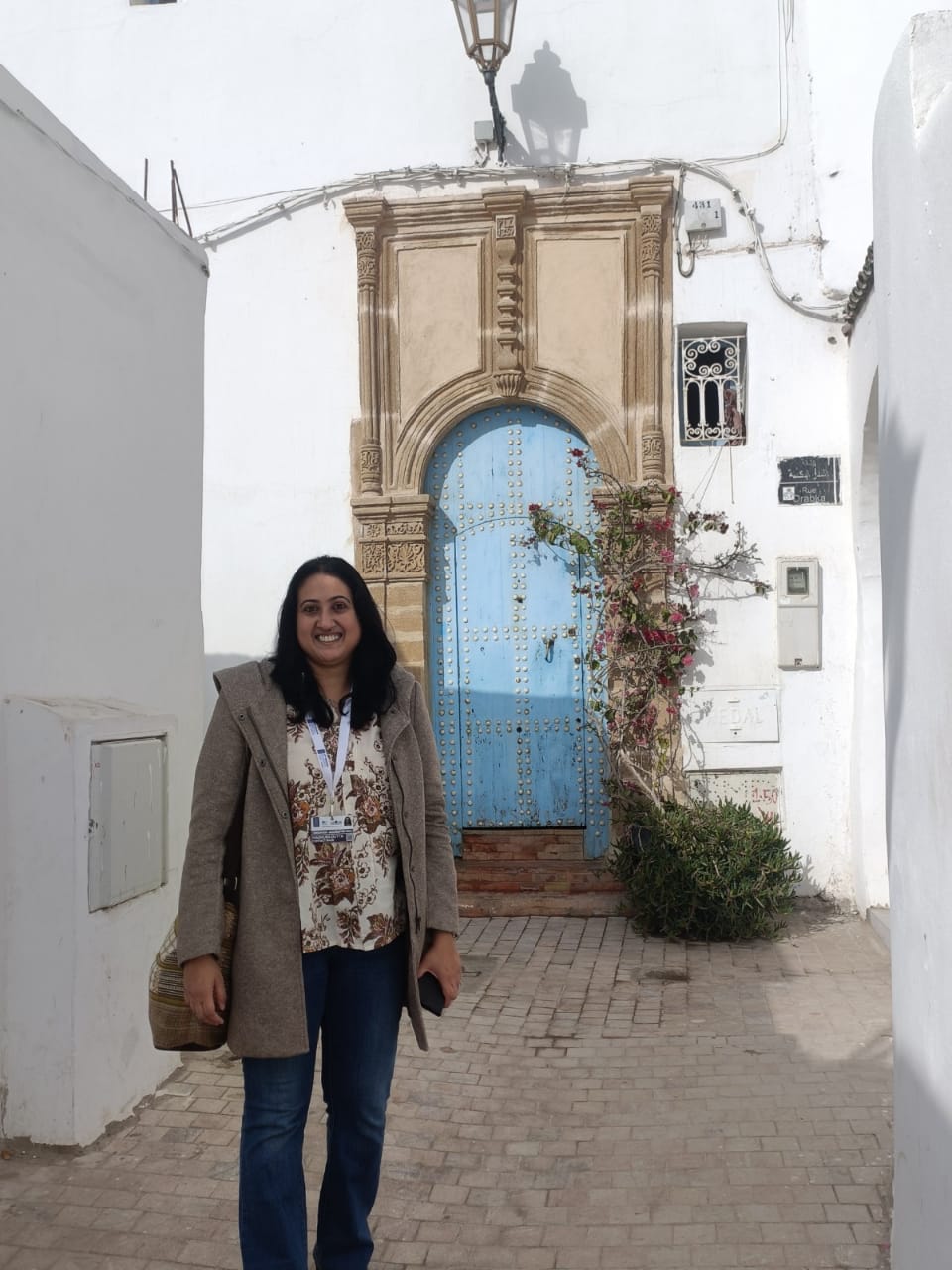







Right opposite the main gate of the Kasbah is the Medina, the old walled town with alleys of shops selling handicrafts, spices, and food. Several traditional home restaurants serving authentic Moroccan food are found here, which can be difficult to find without the help of locals! The Medina retains its old-world look, is enchanting in its mood, and is a welcoming place, thronging with tourists and locals. Their main handicrafts include ceramics, jewellery, leather-work, carpets, Argan oil products, and Moroccan metal lamps.

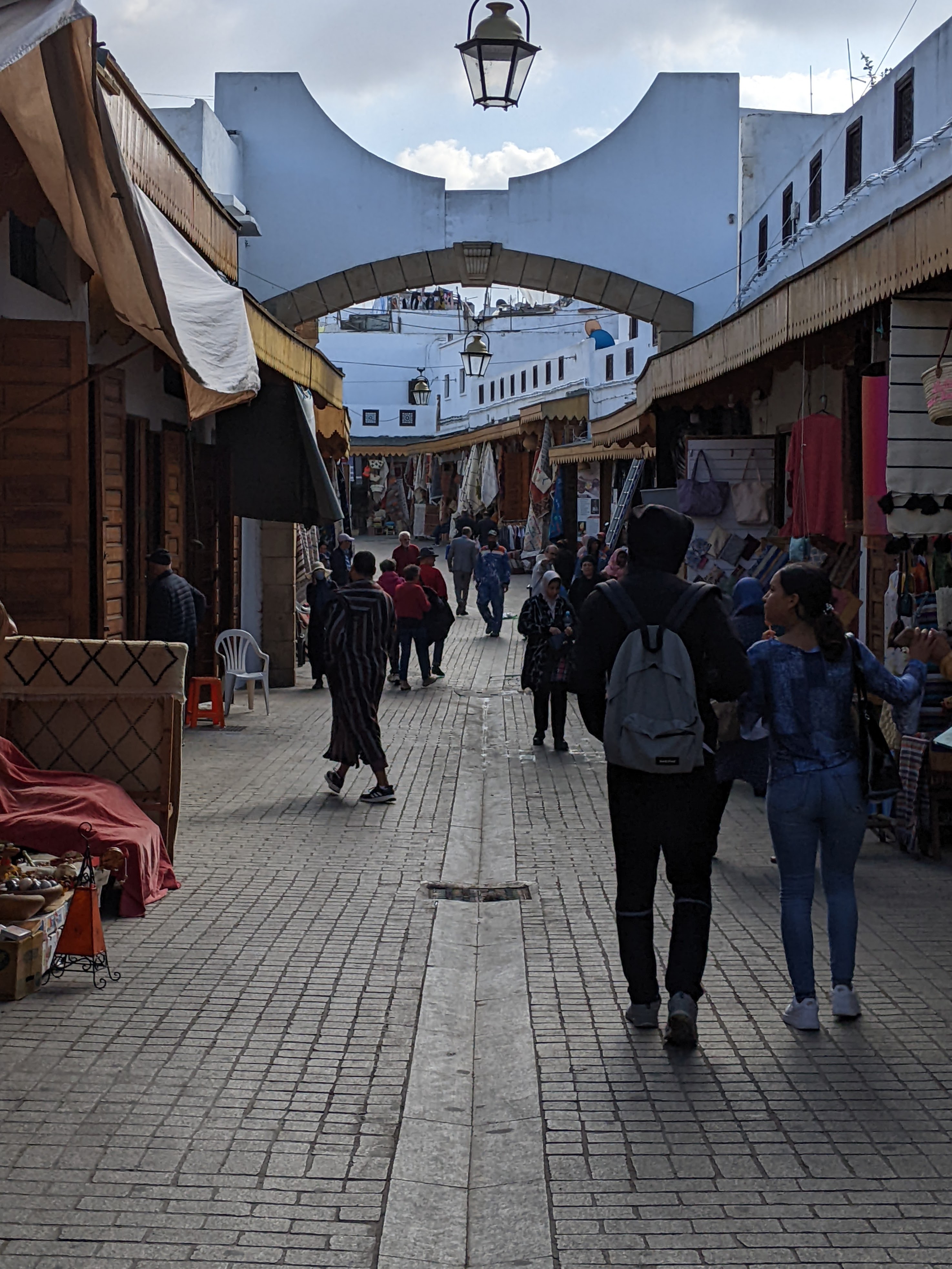


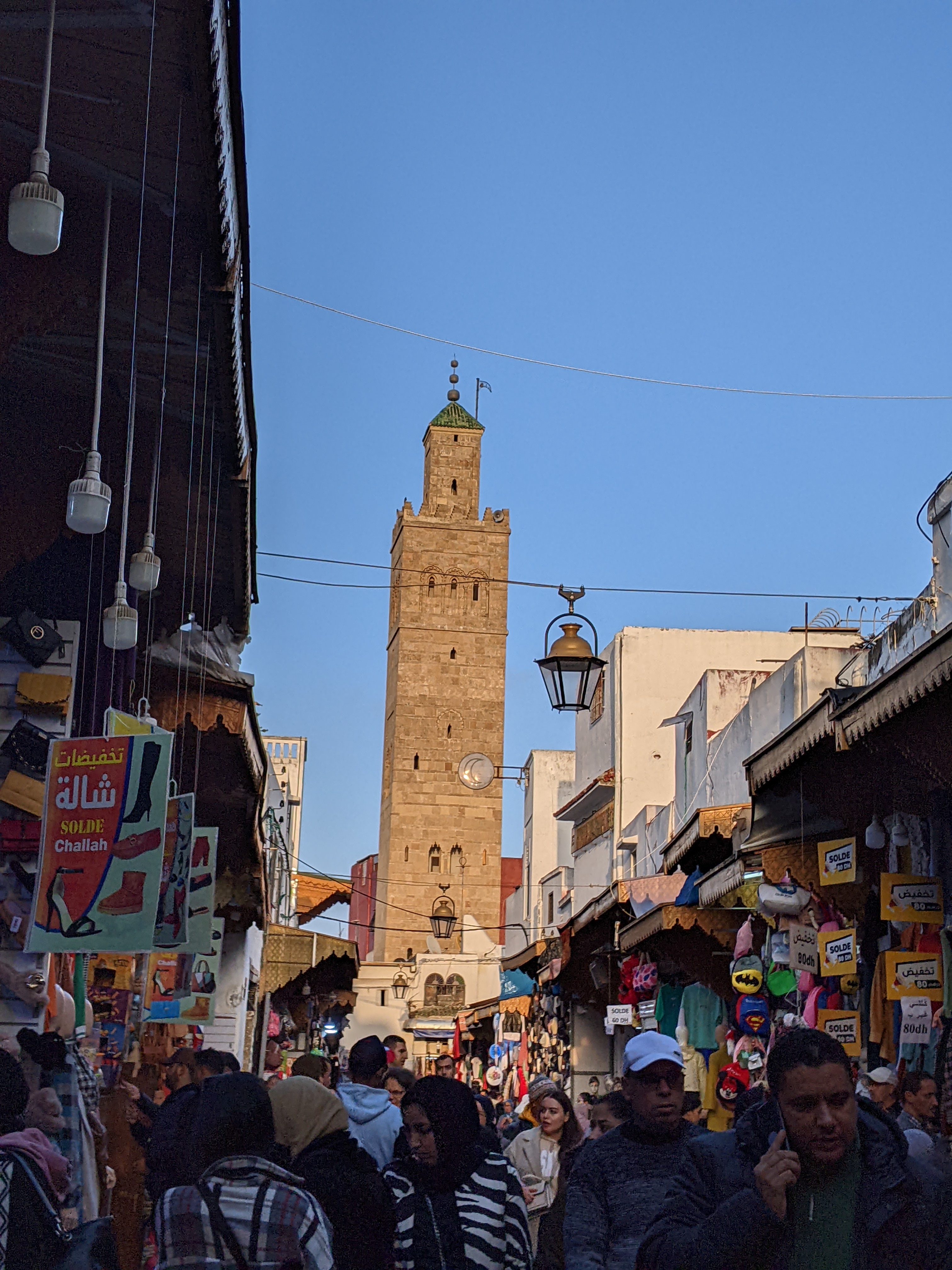


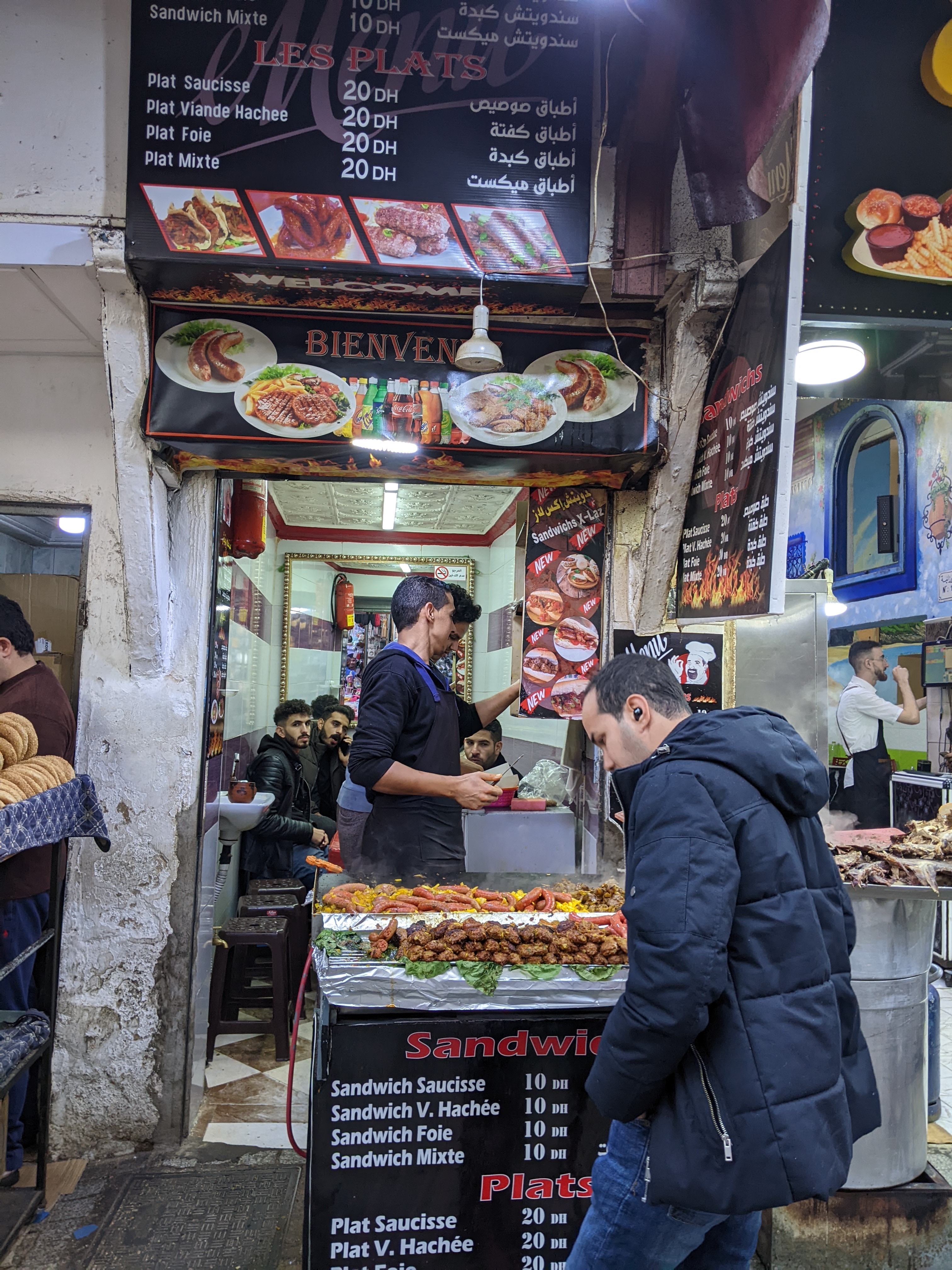





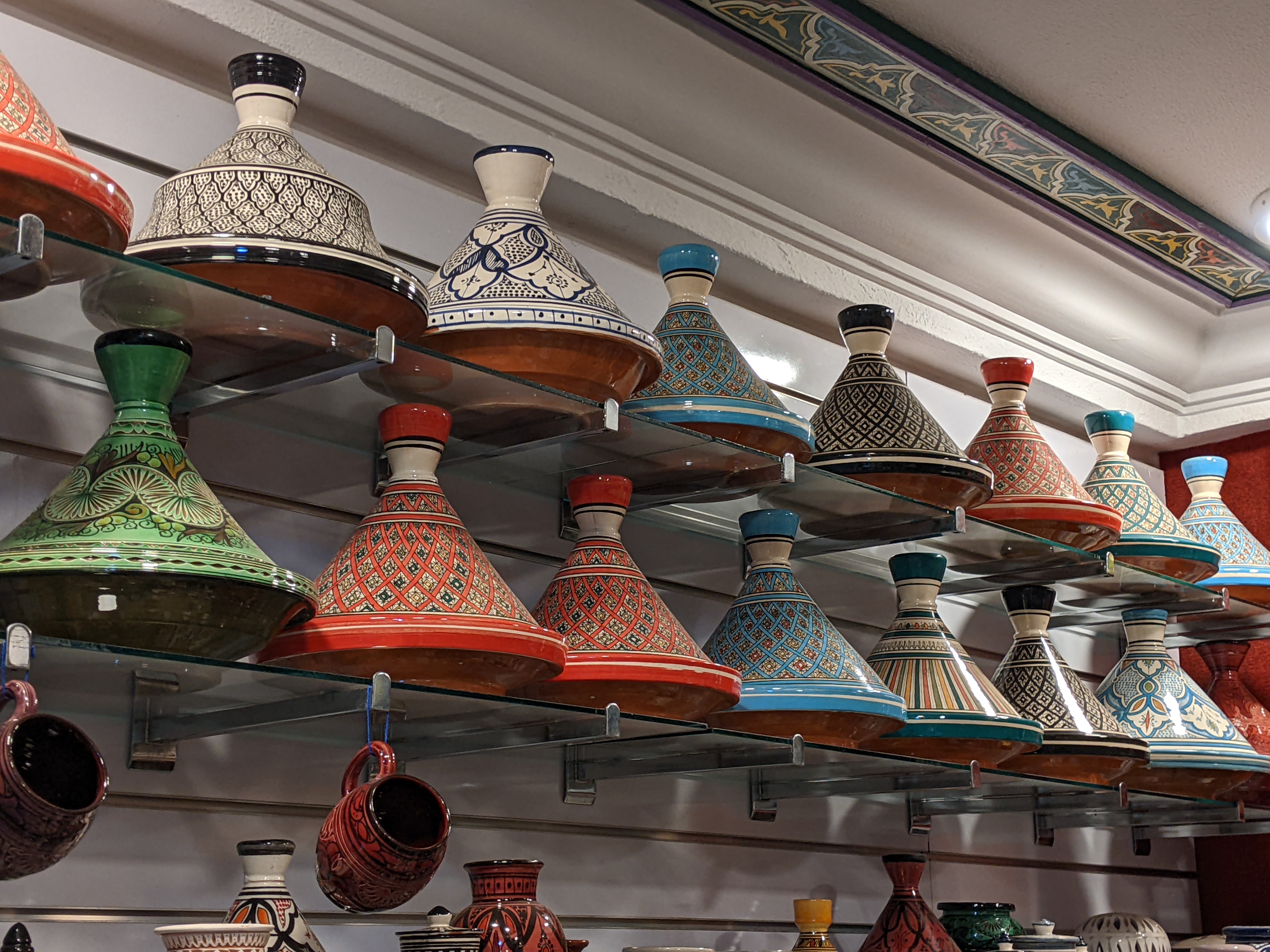




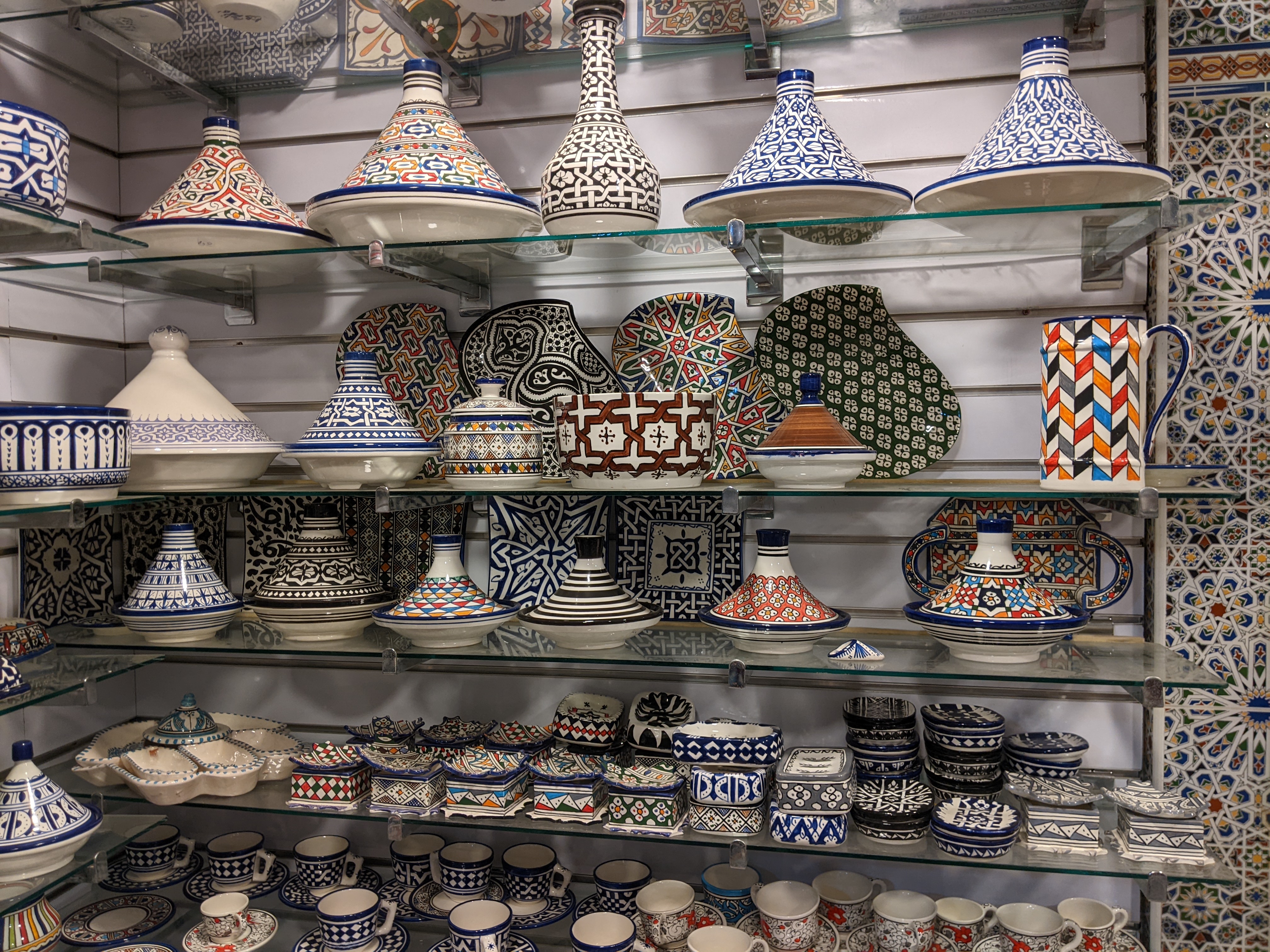
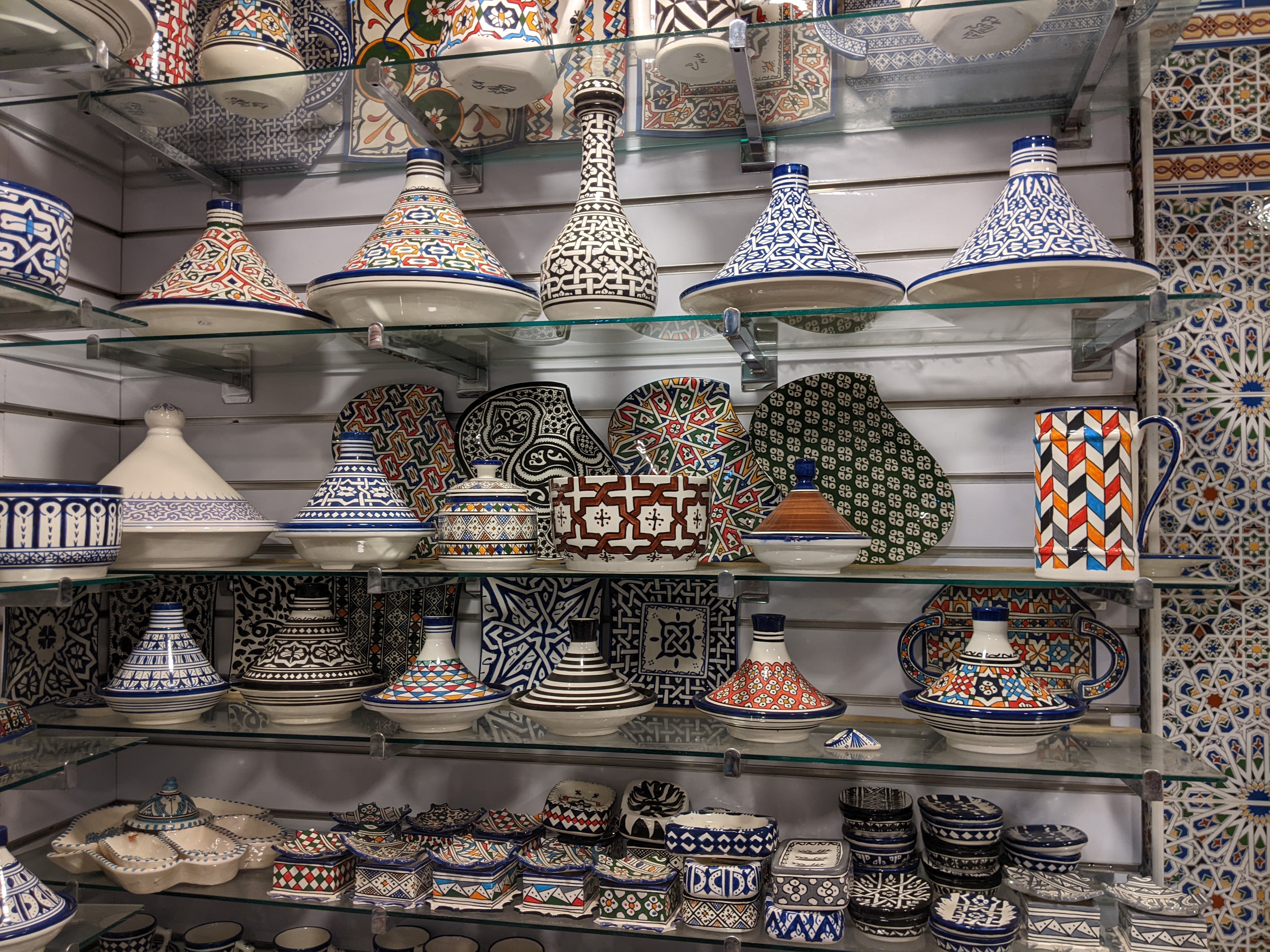





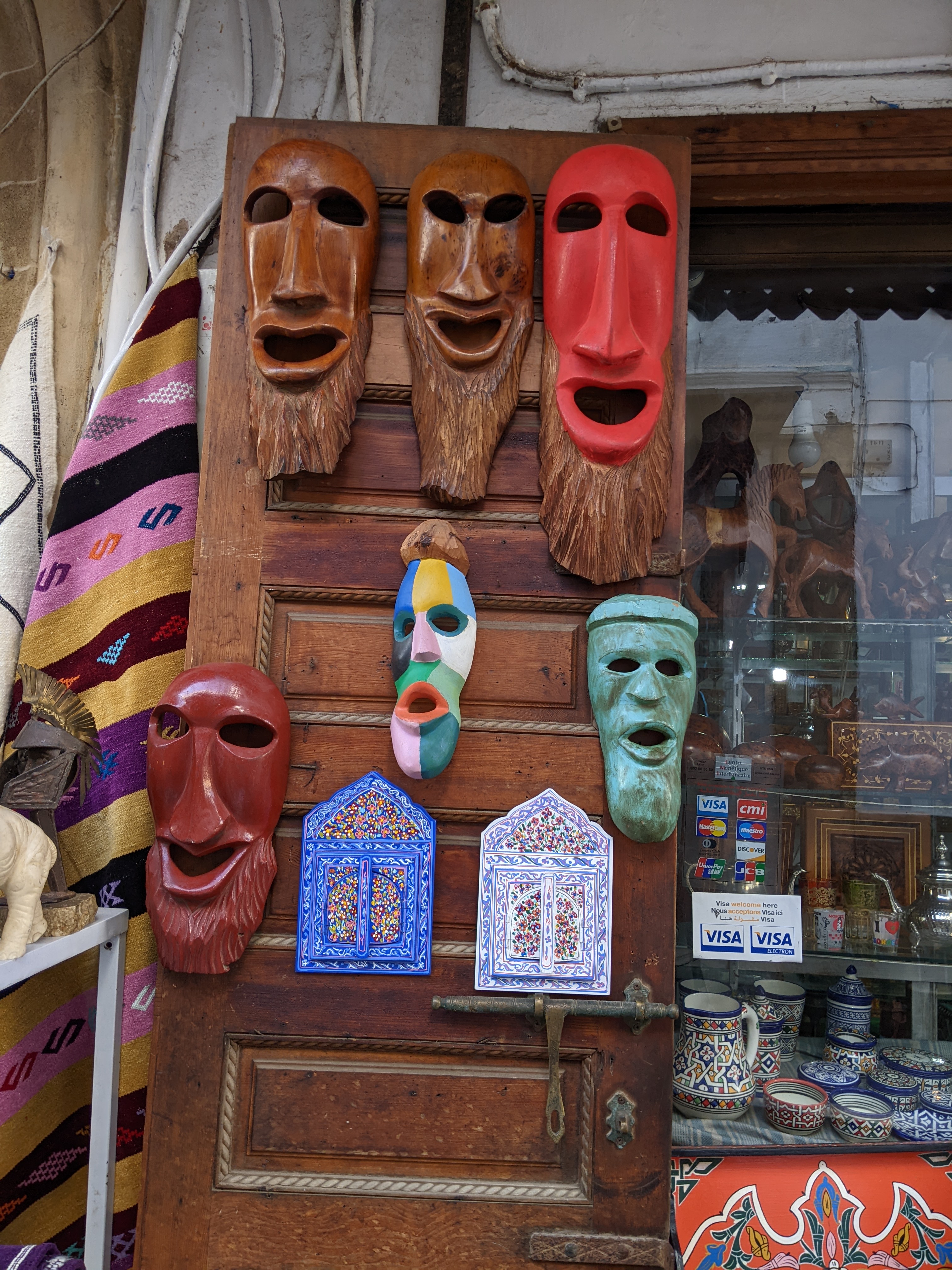
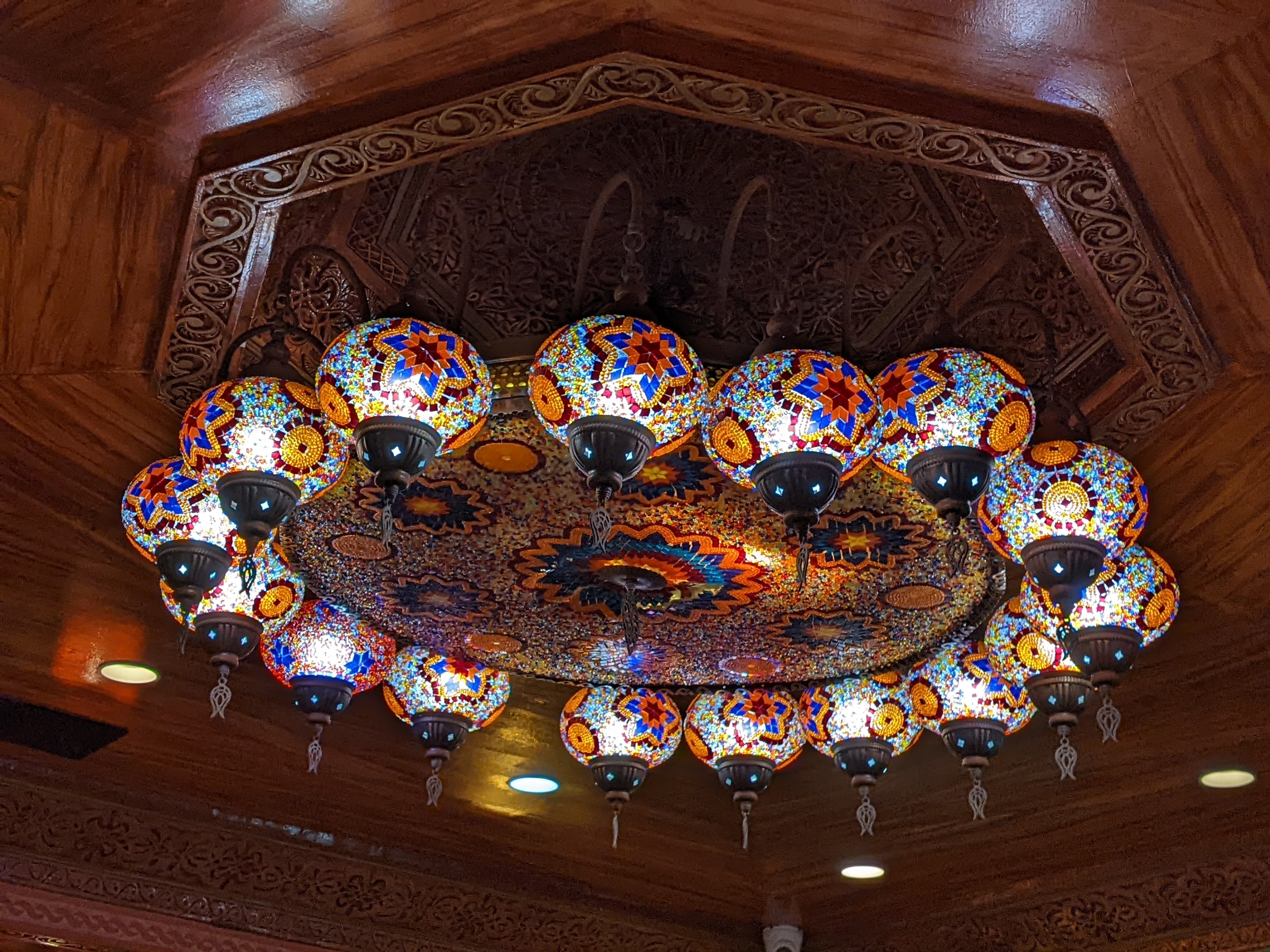
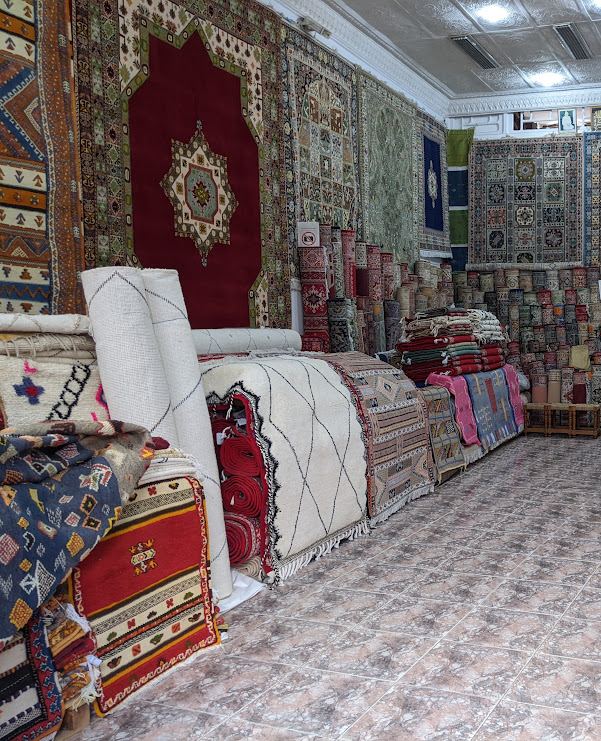
We also visited the Hassan Tower, which is an unfinished minaret, as well as its complex housing the famous Mohamed V mausoleum.
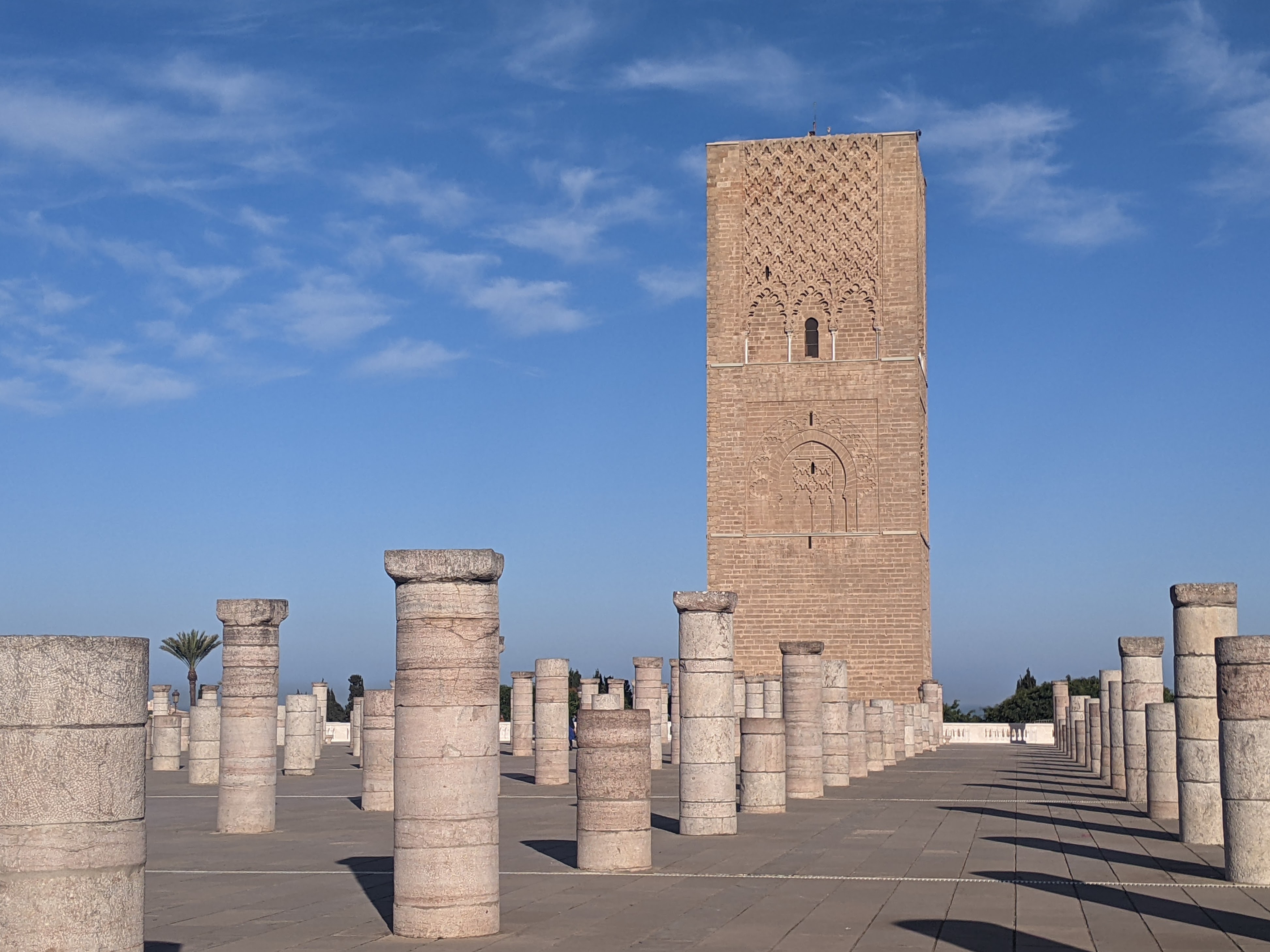

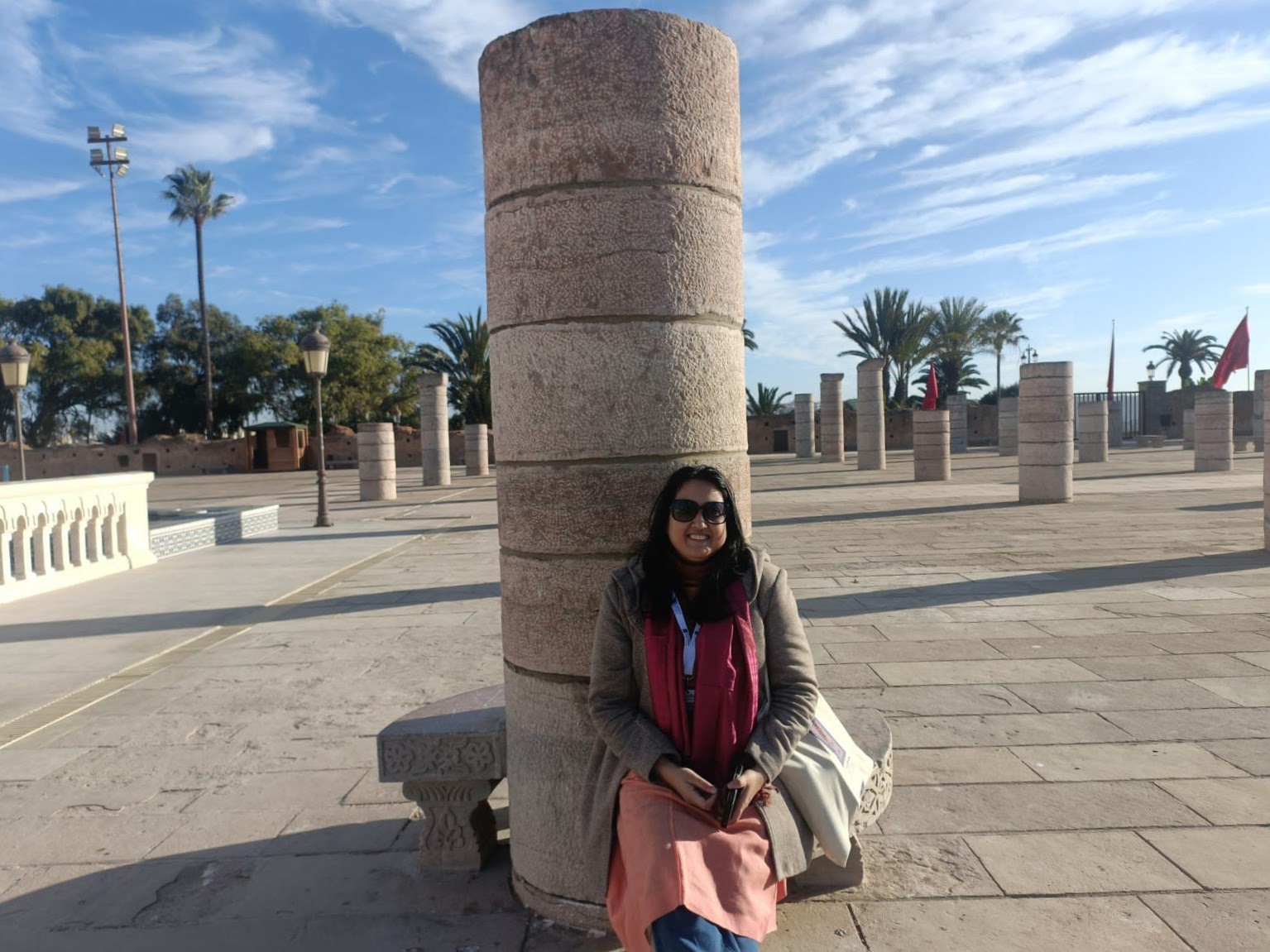


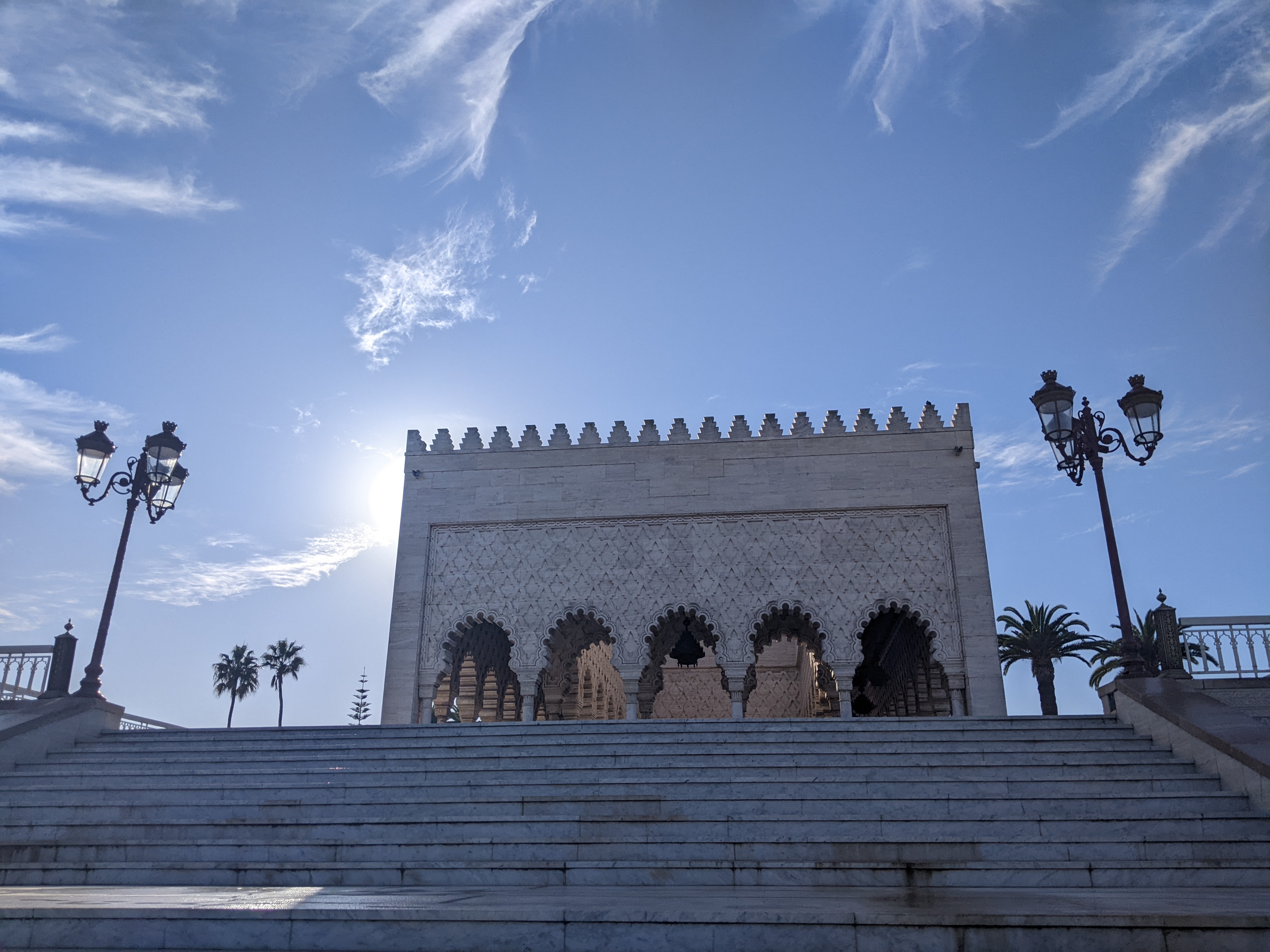
What made the place heartening was its people who are friendly, nice, and extremely warm. A city speaking only French and Arabic had no issues accommodating English speaking visitors like us who mostly used pictures, signs, and maps to get around. For me, the abundance of good looking cats everywhere was an additional attraction!
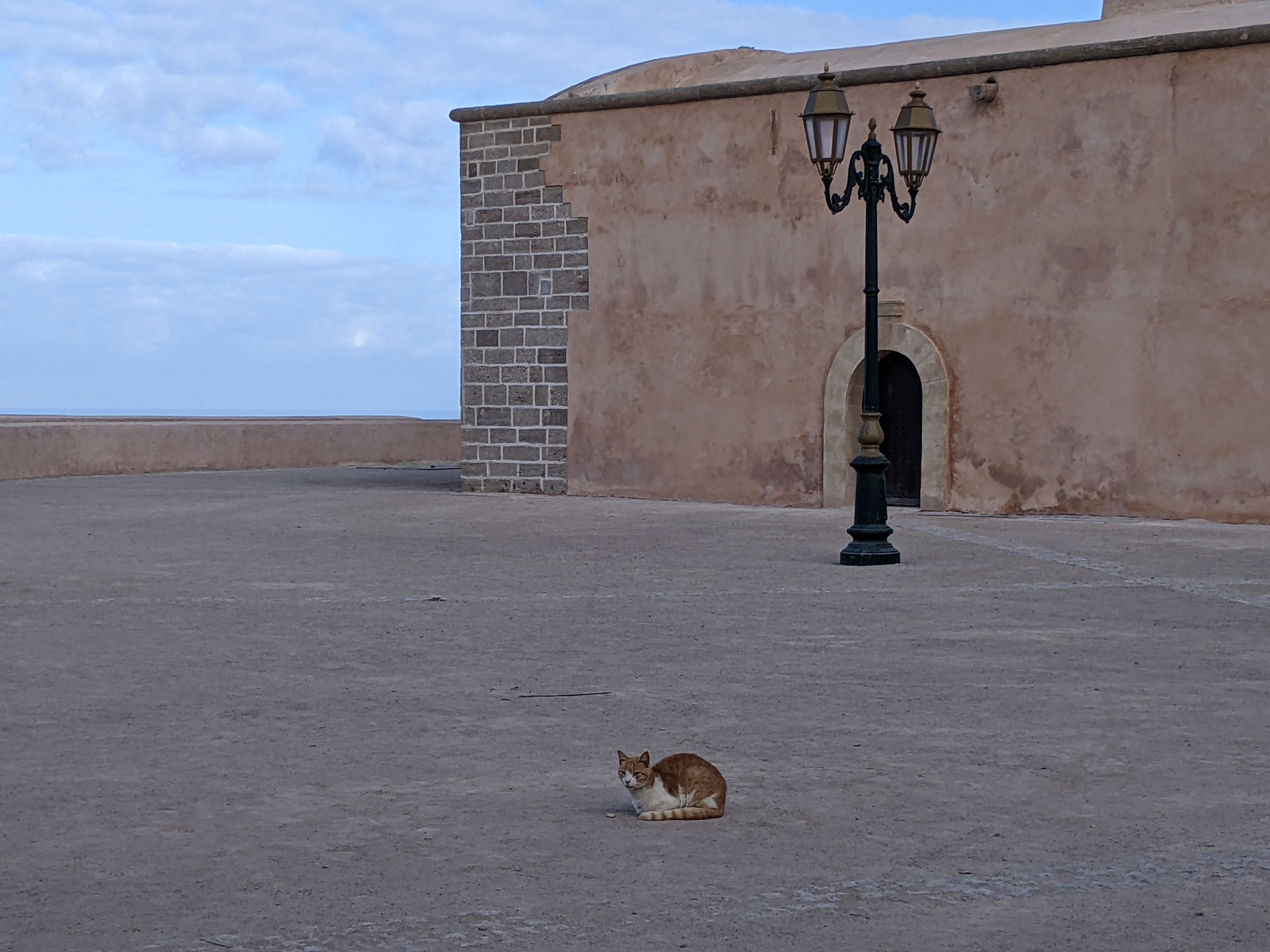
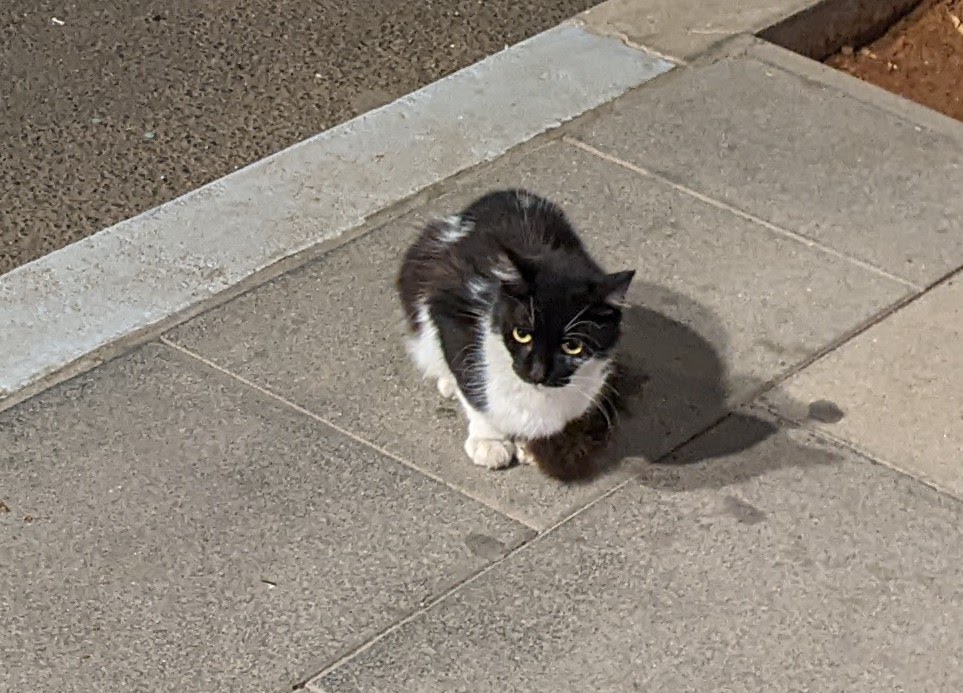

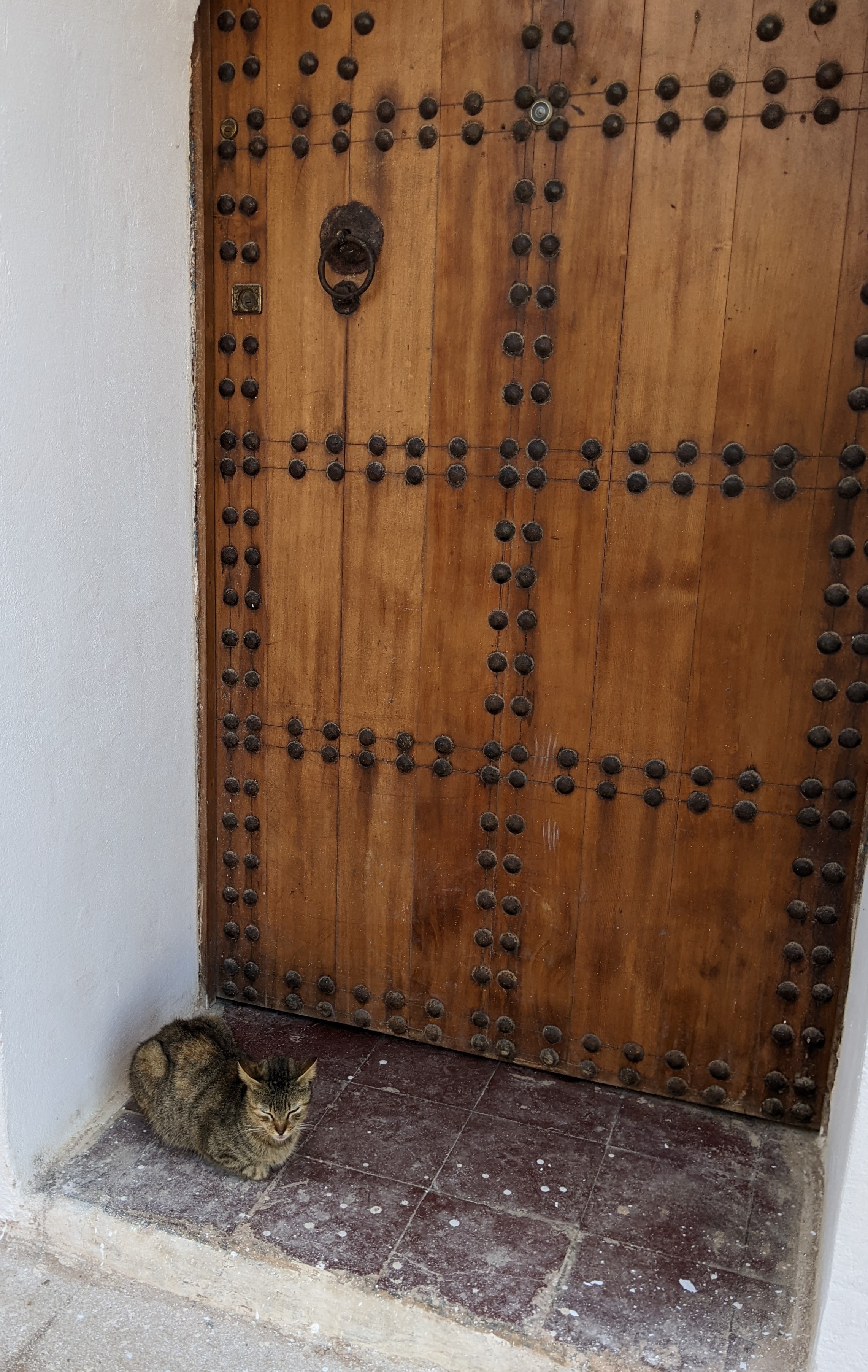





Local women told me and my colleague that we looked like Moroccans because of our skin and hair types and colours. A local florist gifted us two roses as a welcoming gesture to his city, while we were strolling in Rabat streets, which was sweet!

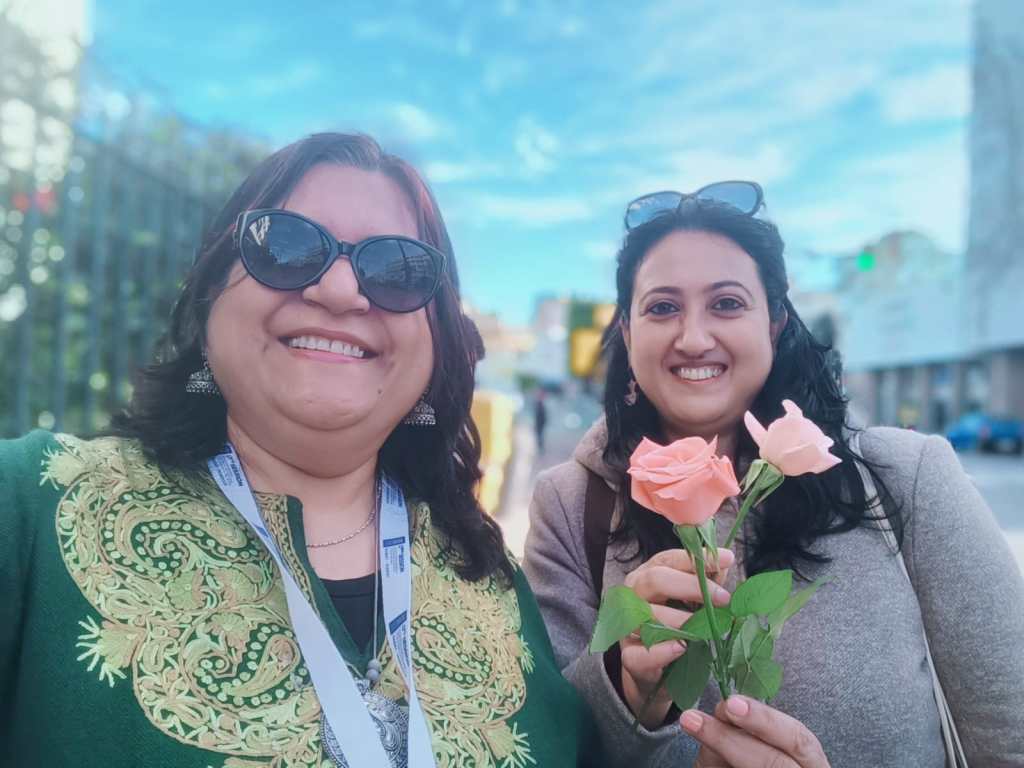
We made friends there and feel so happy to see Morocco’s unprecedented performance in the World Cup, especially with our personal connection to the place and such enriching memories.
